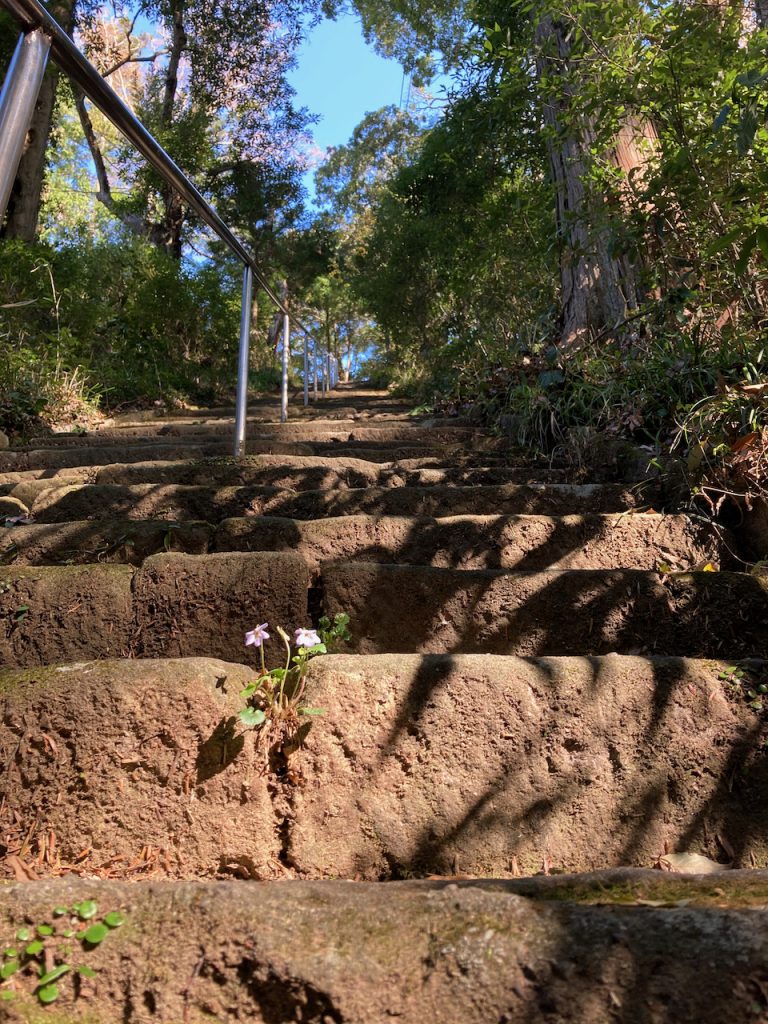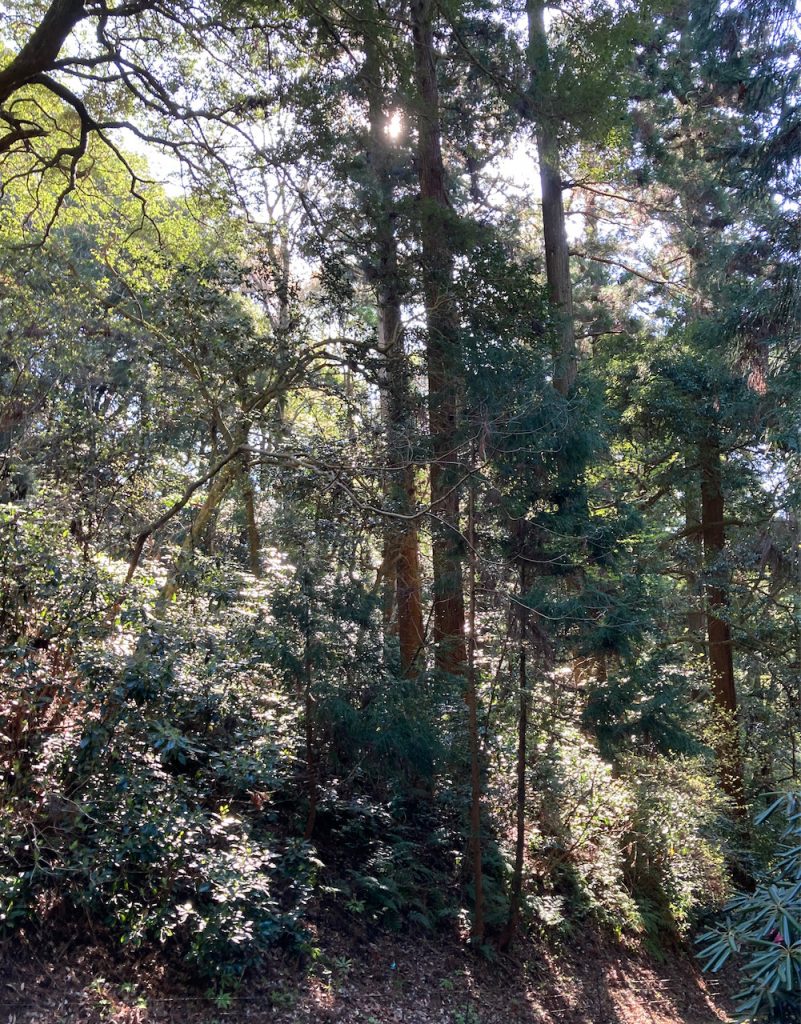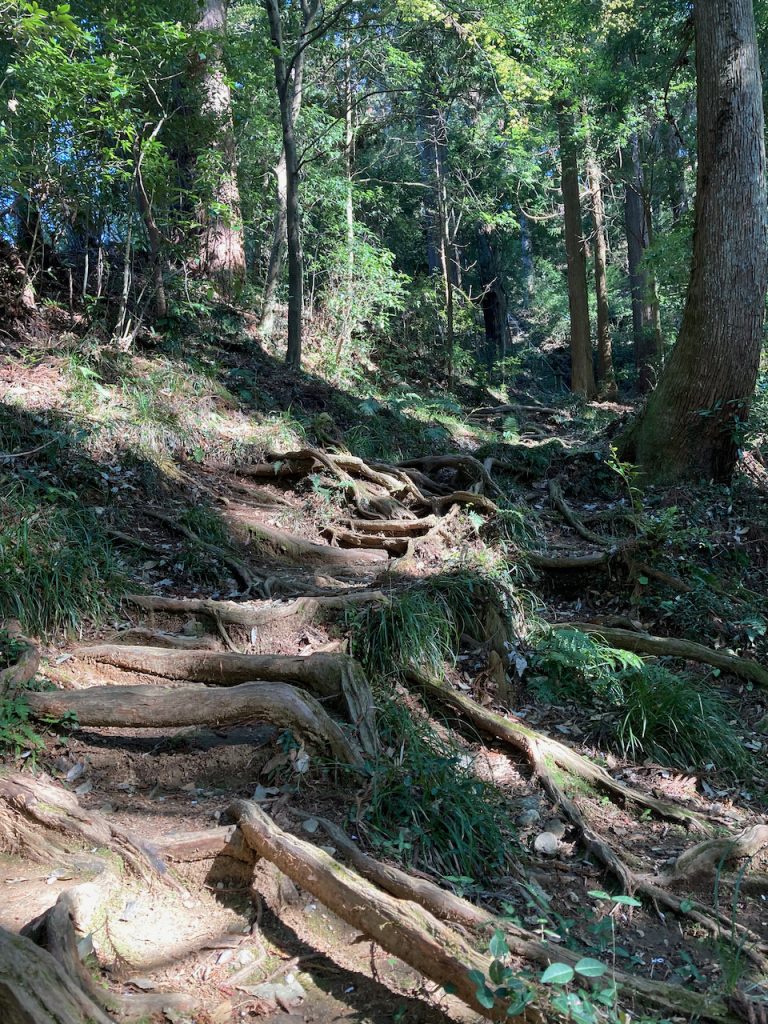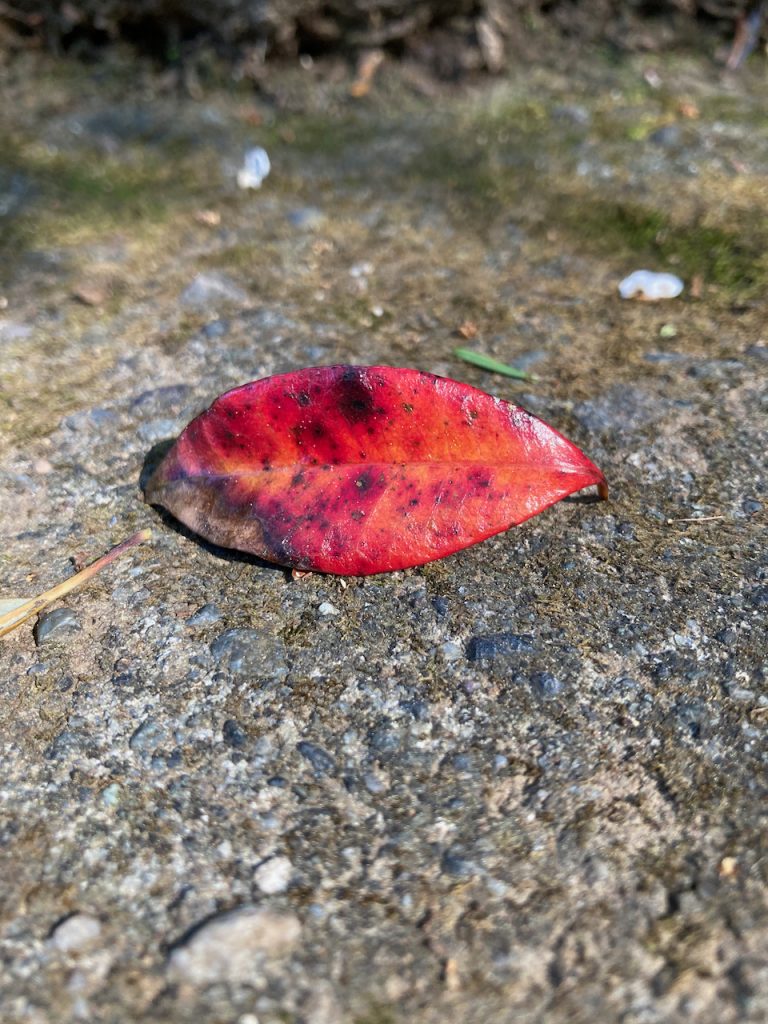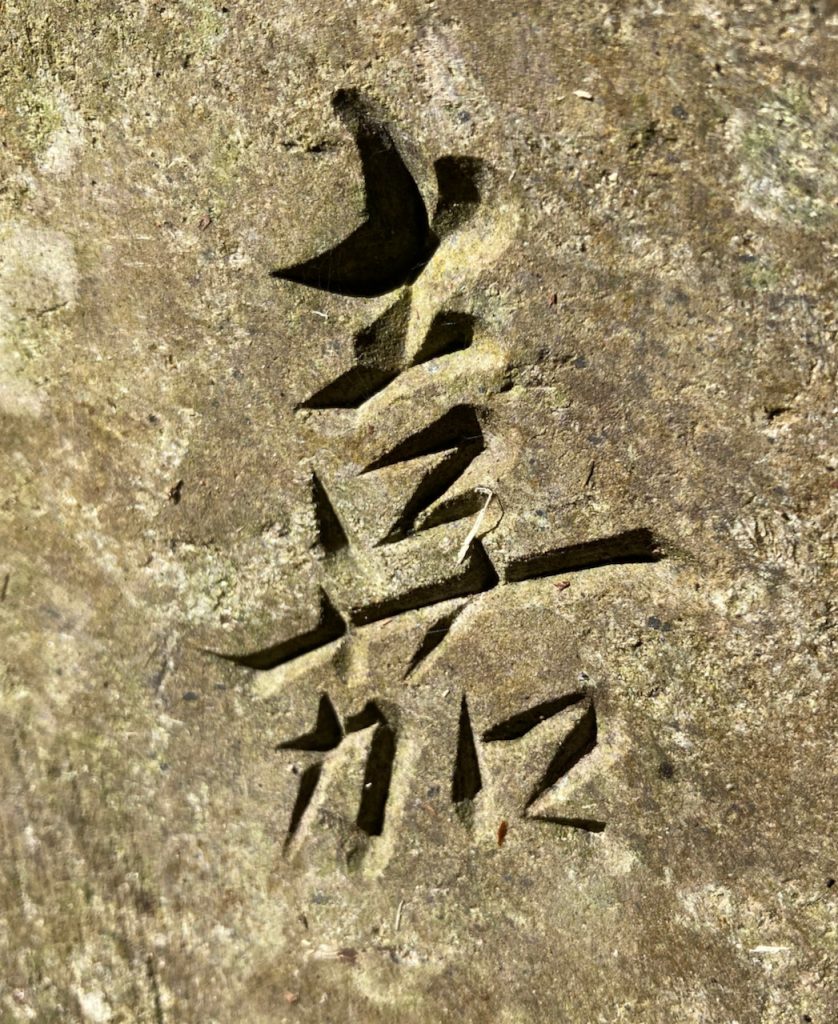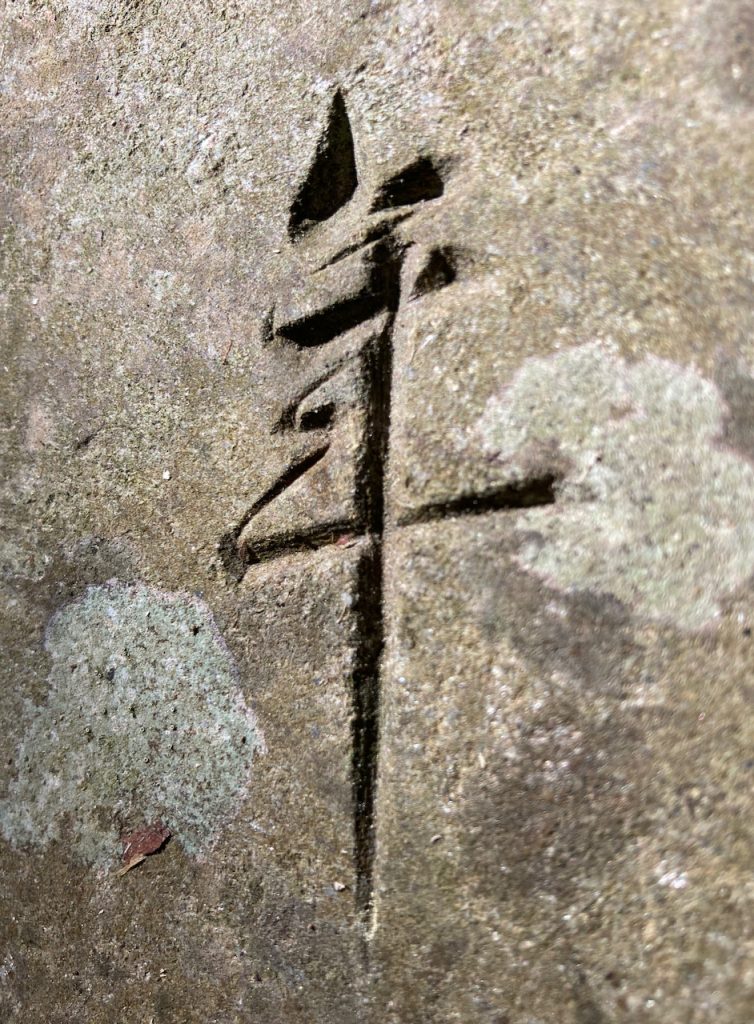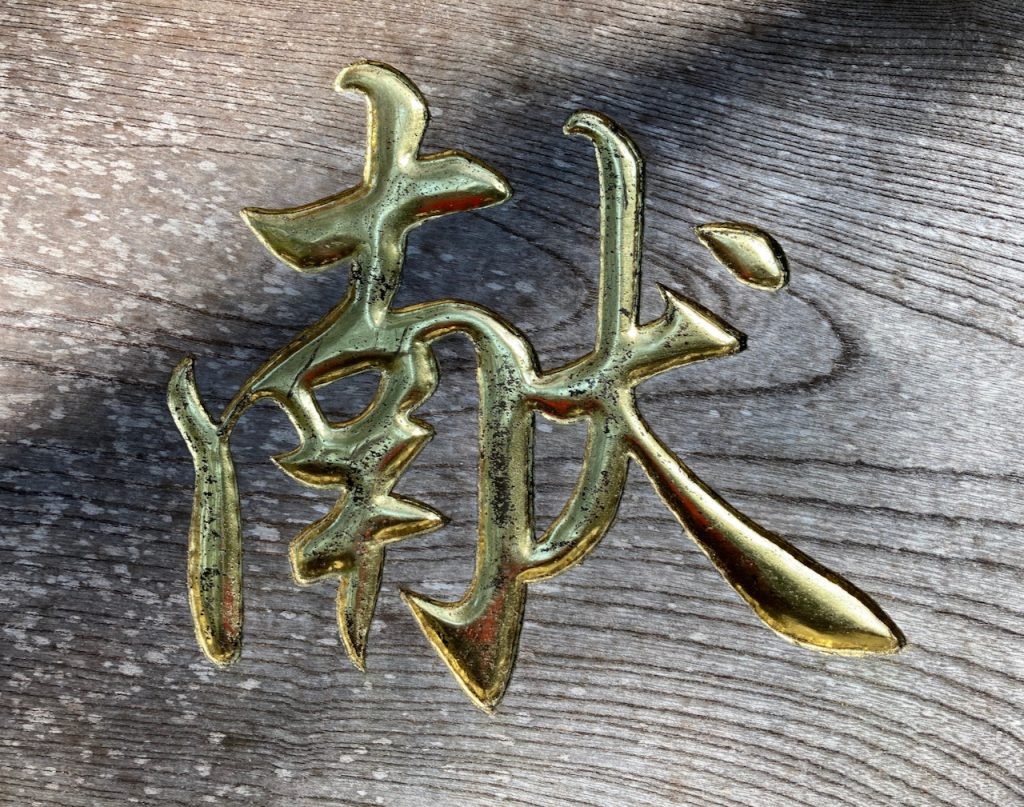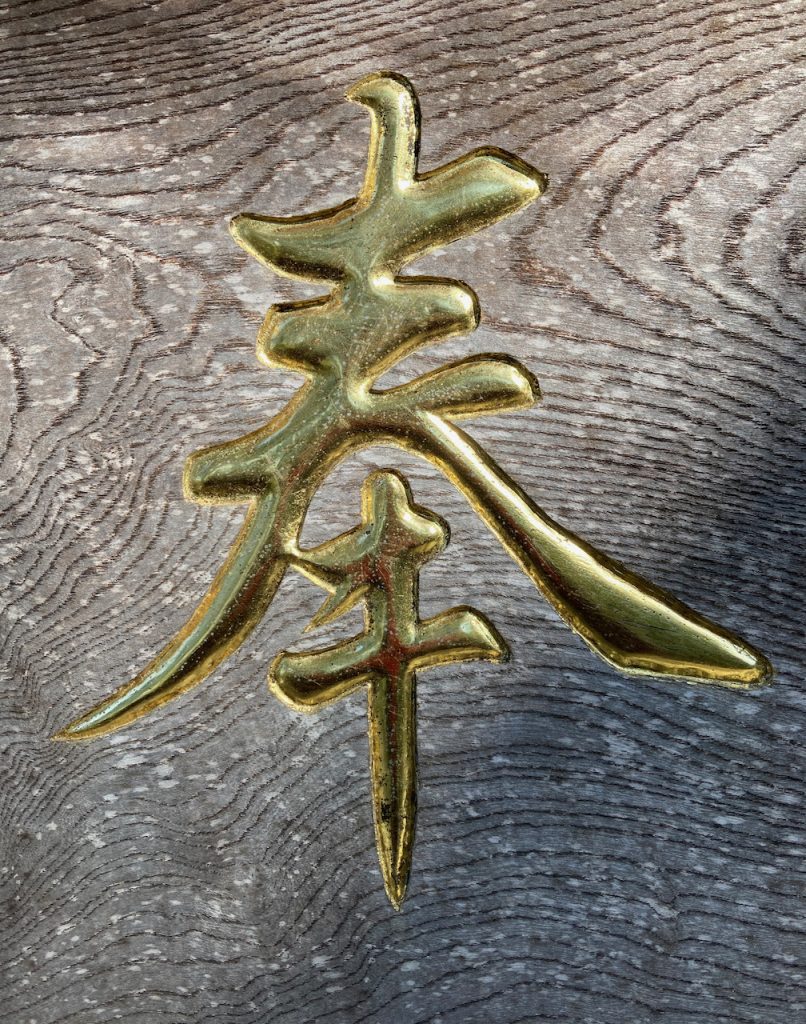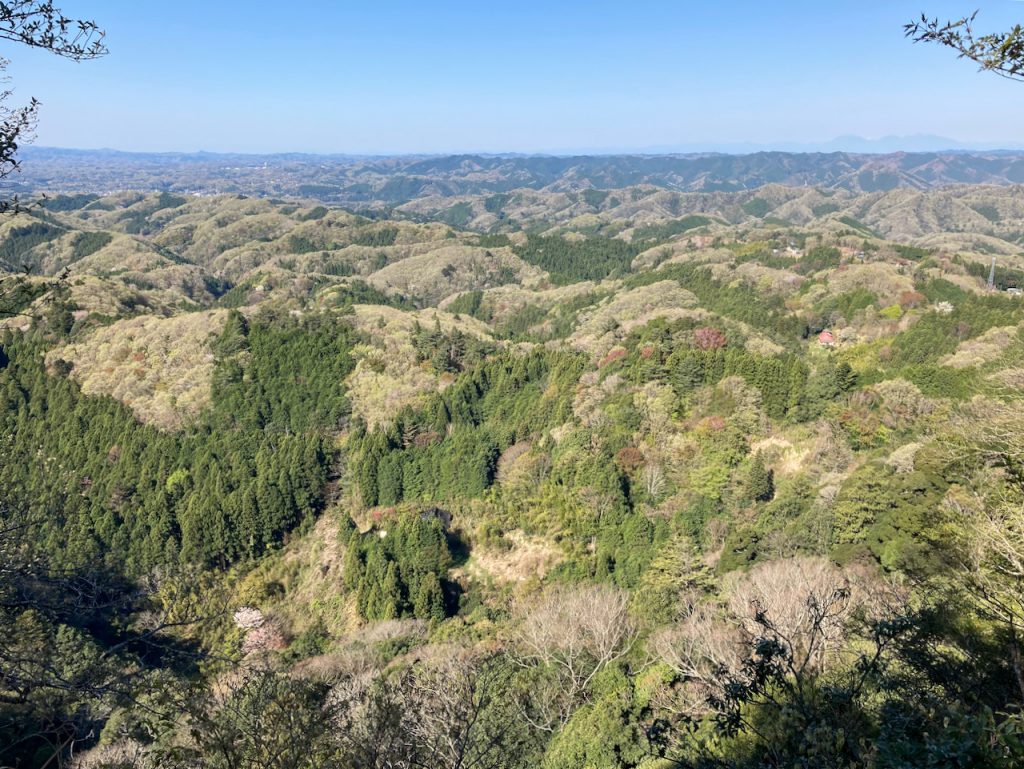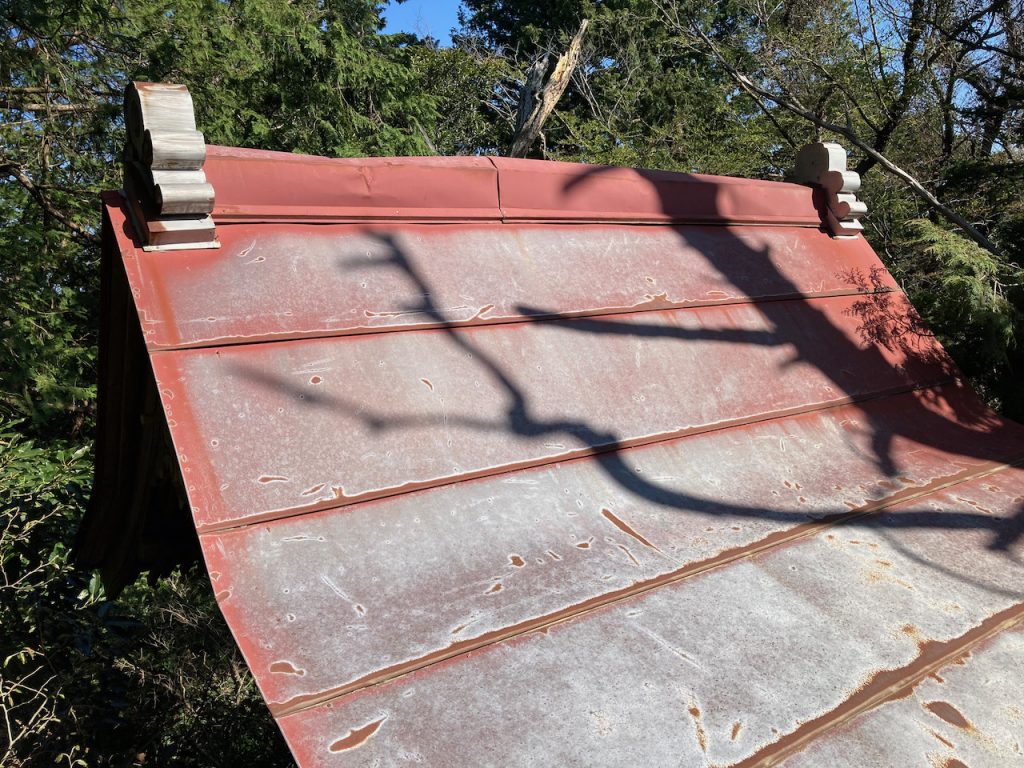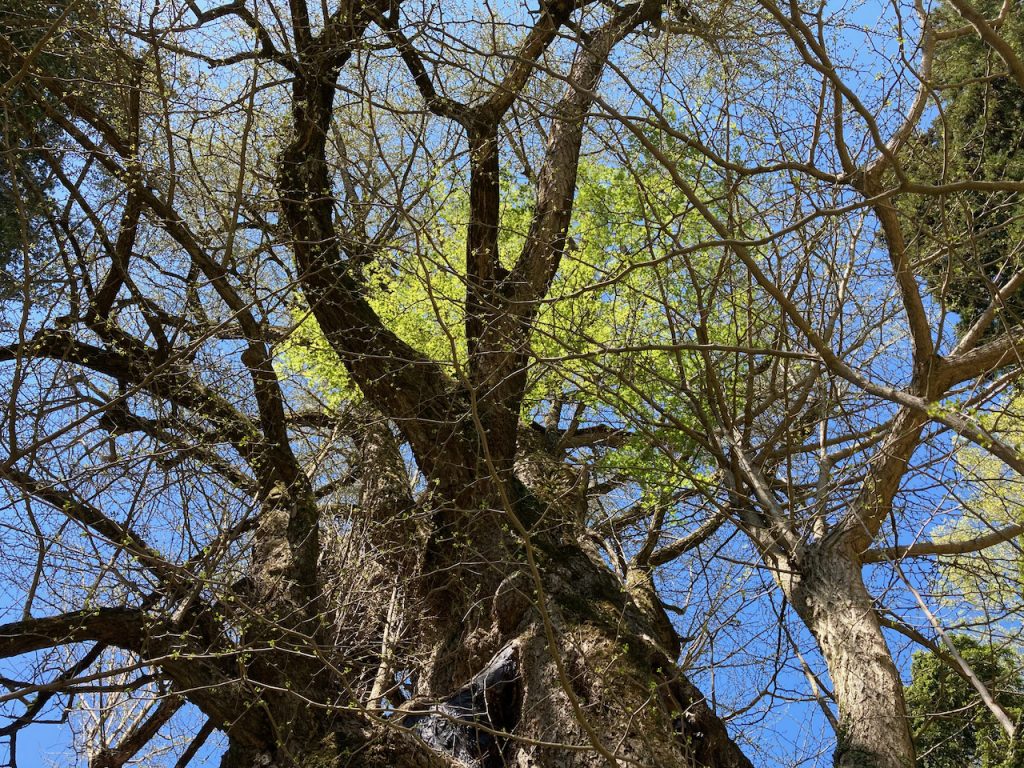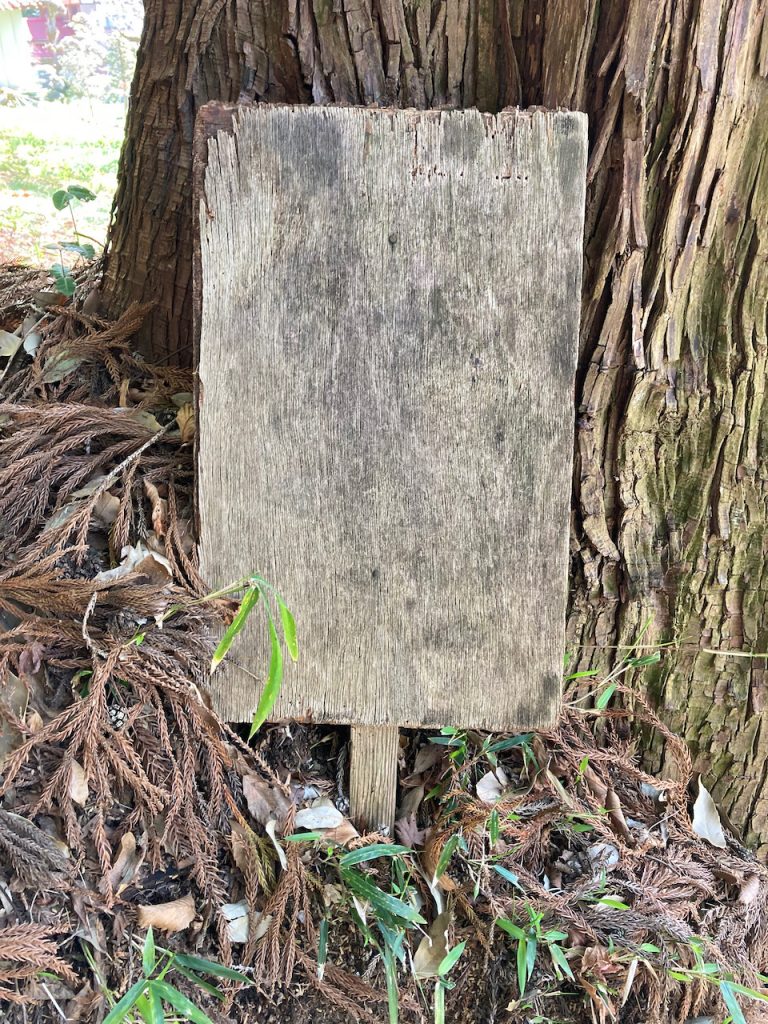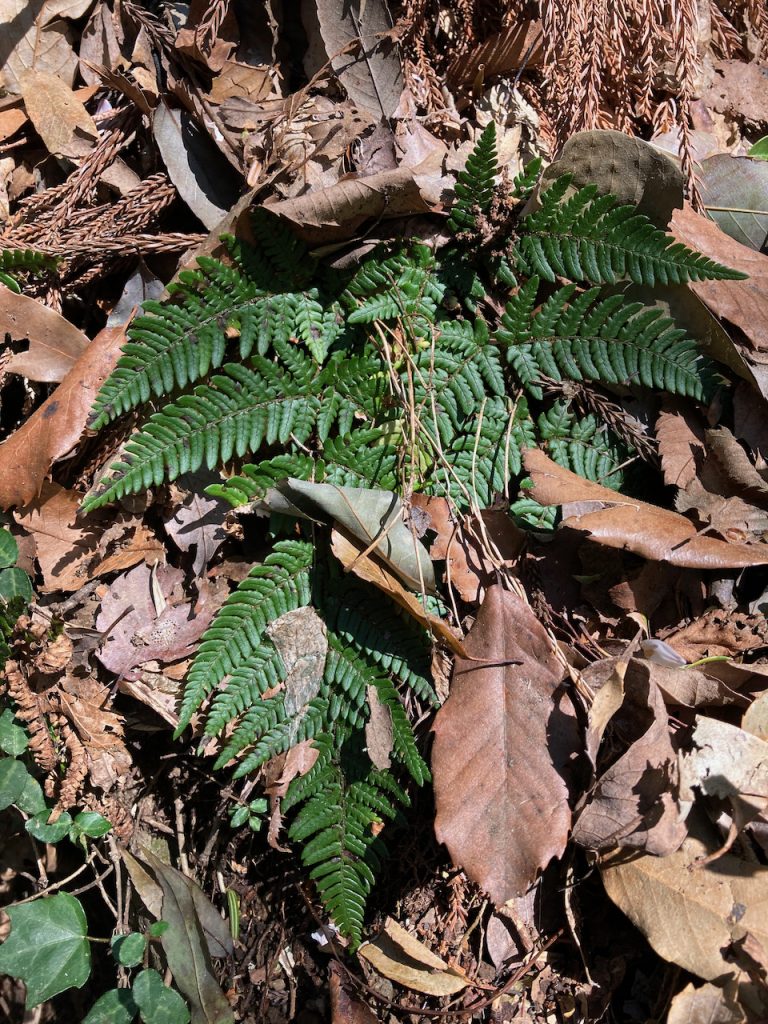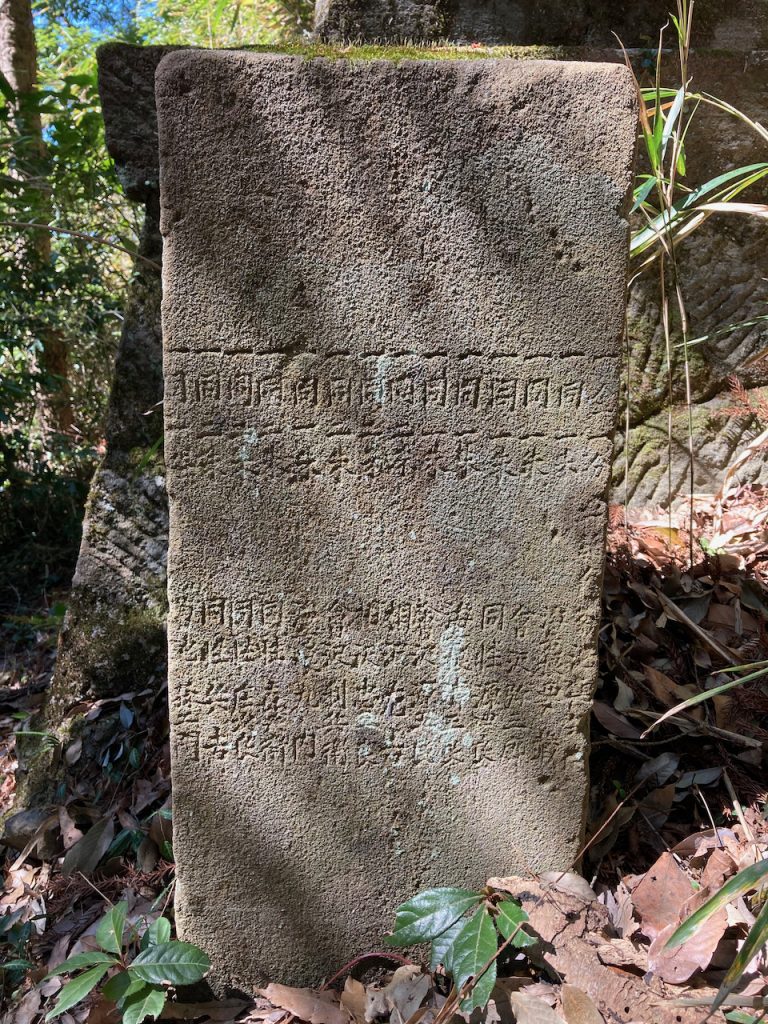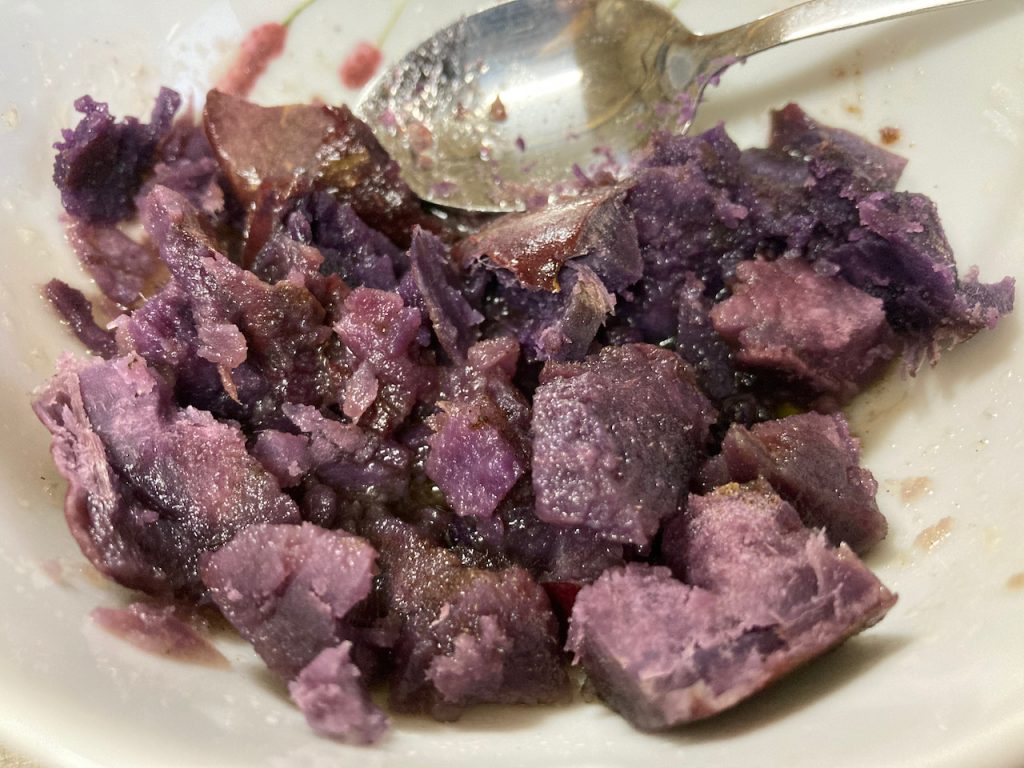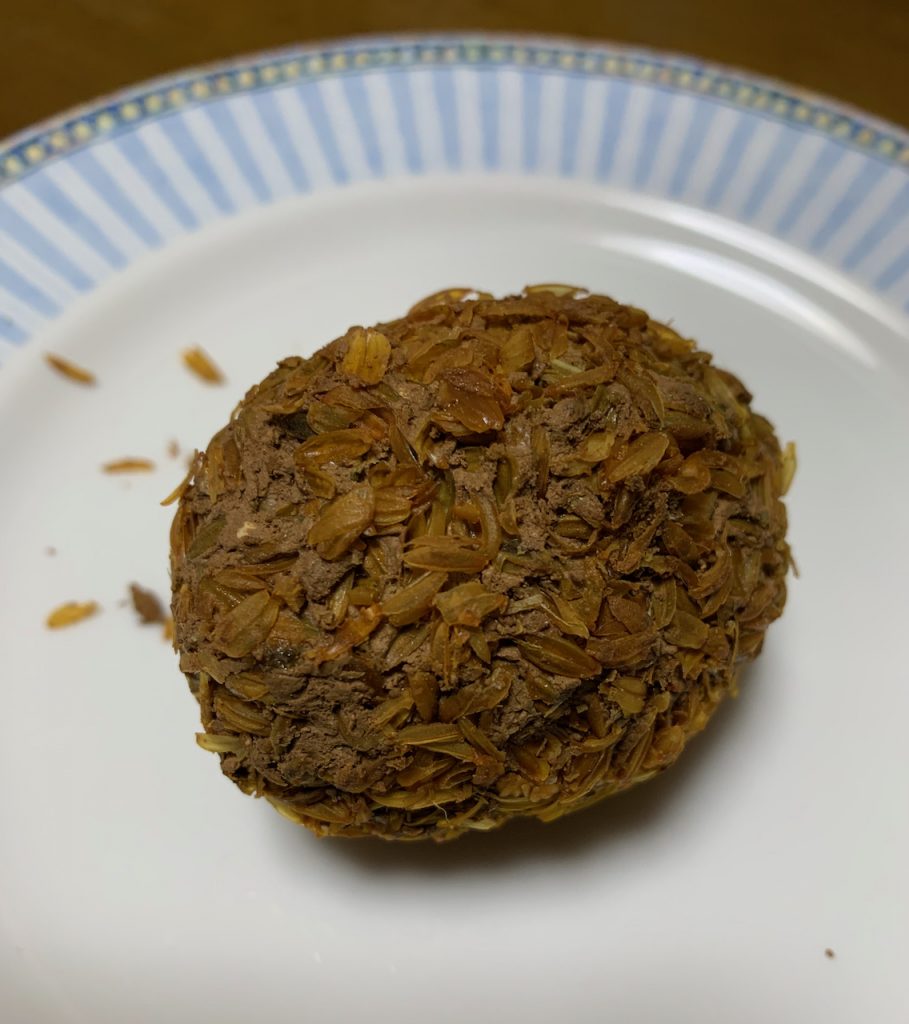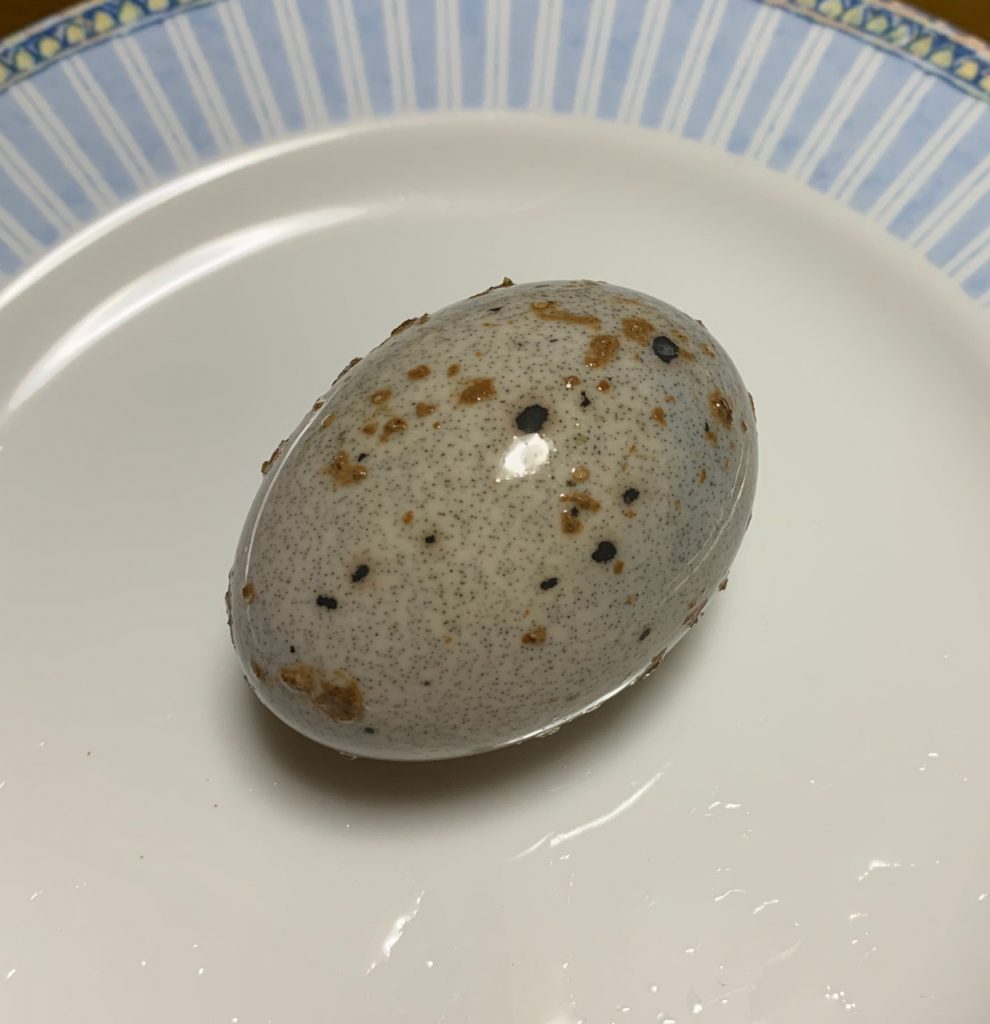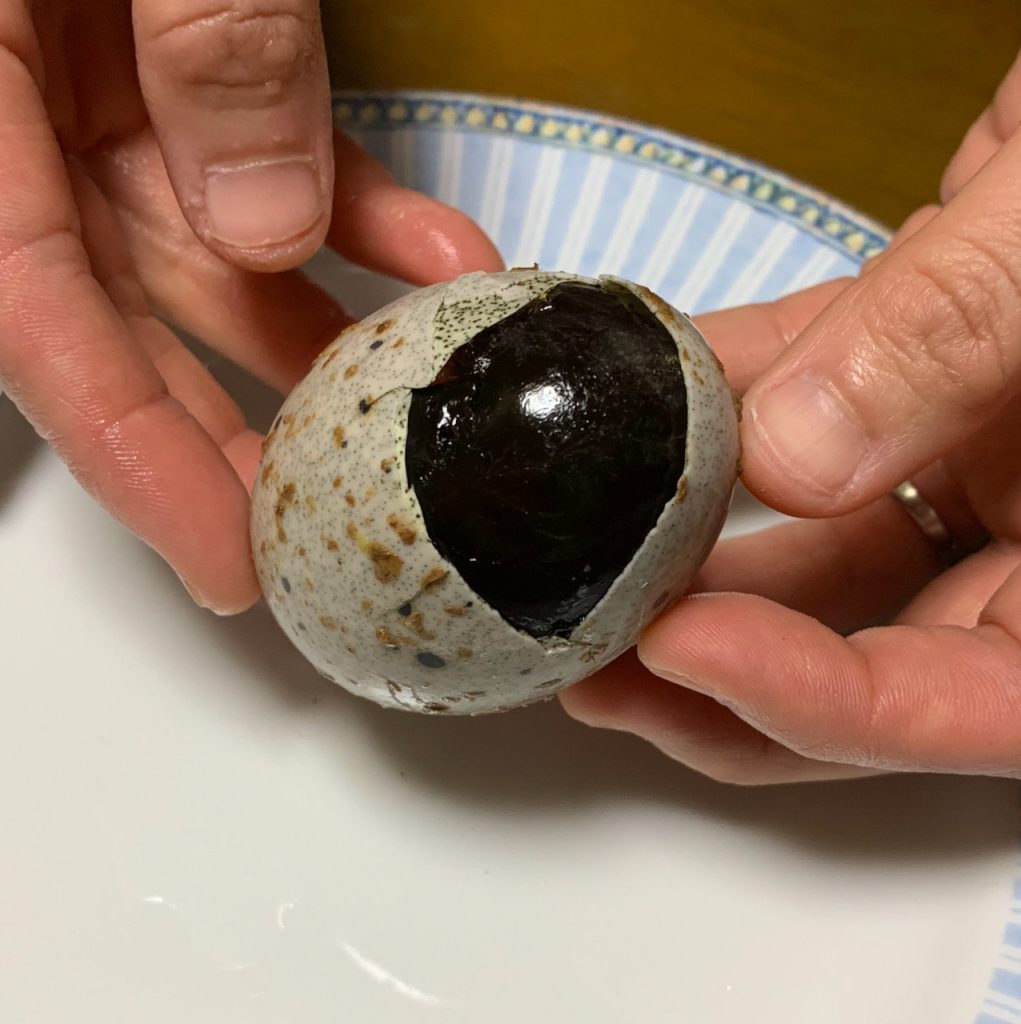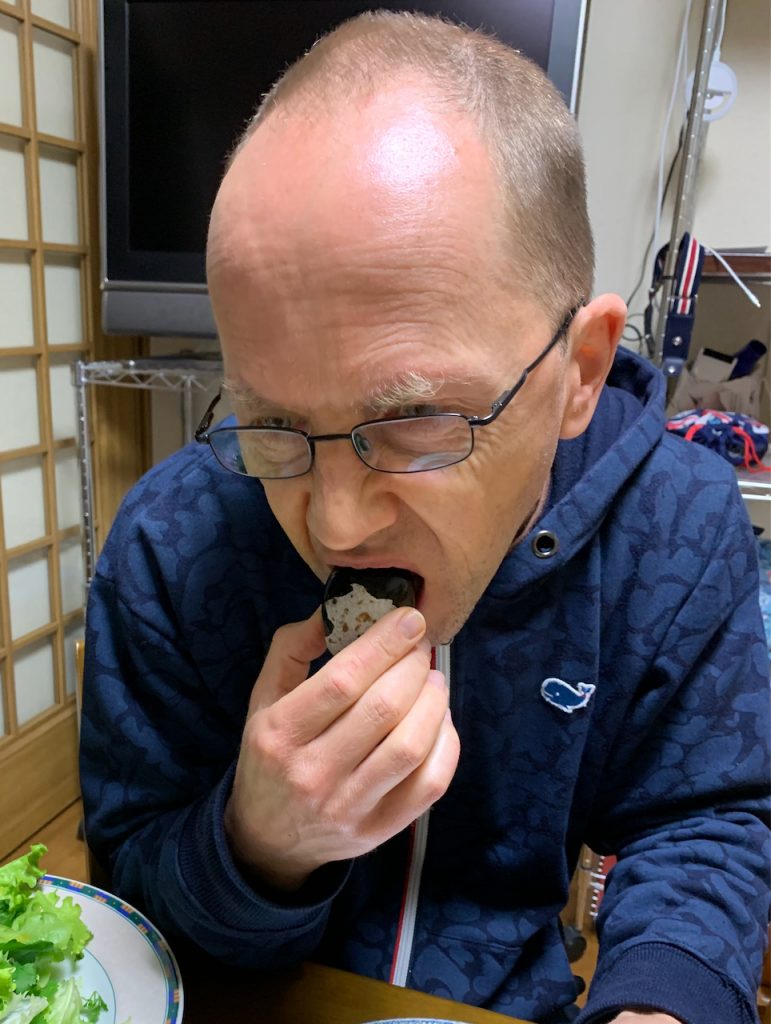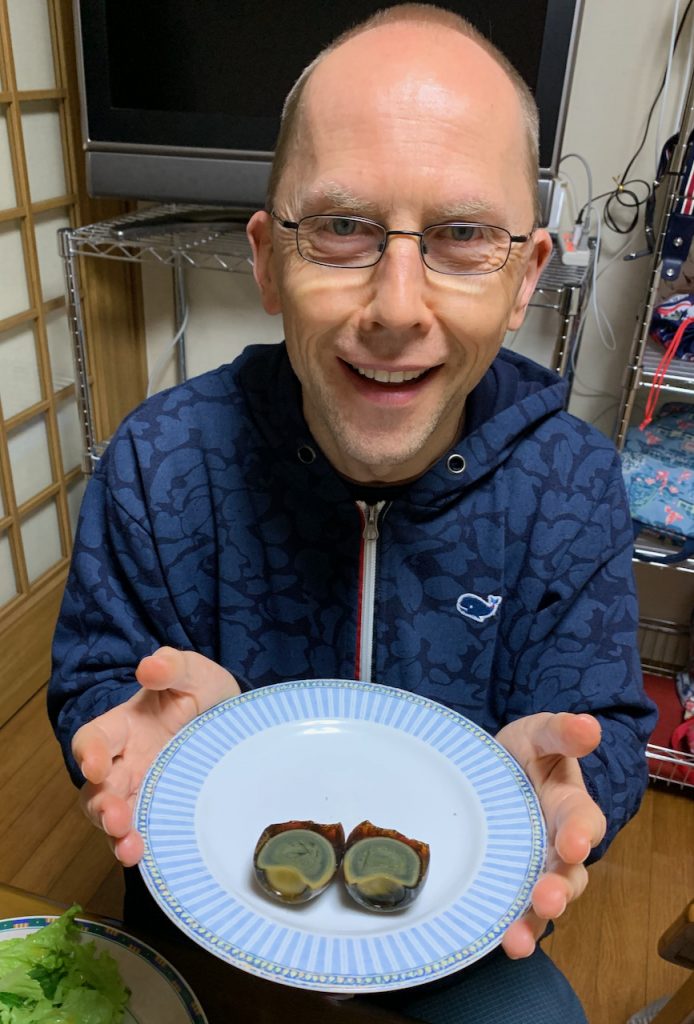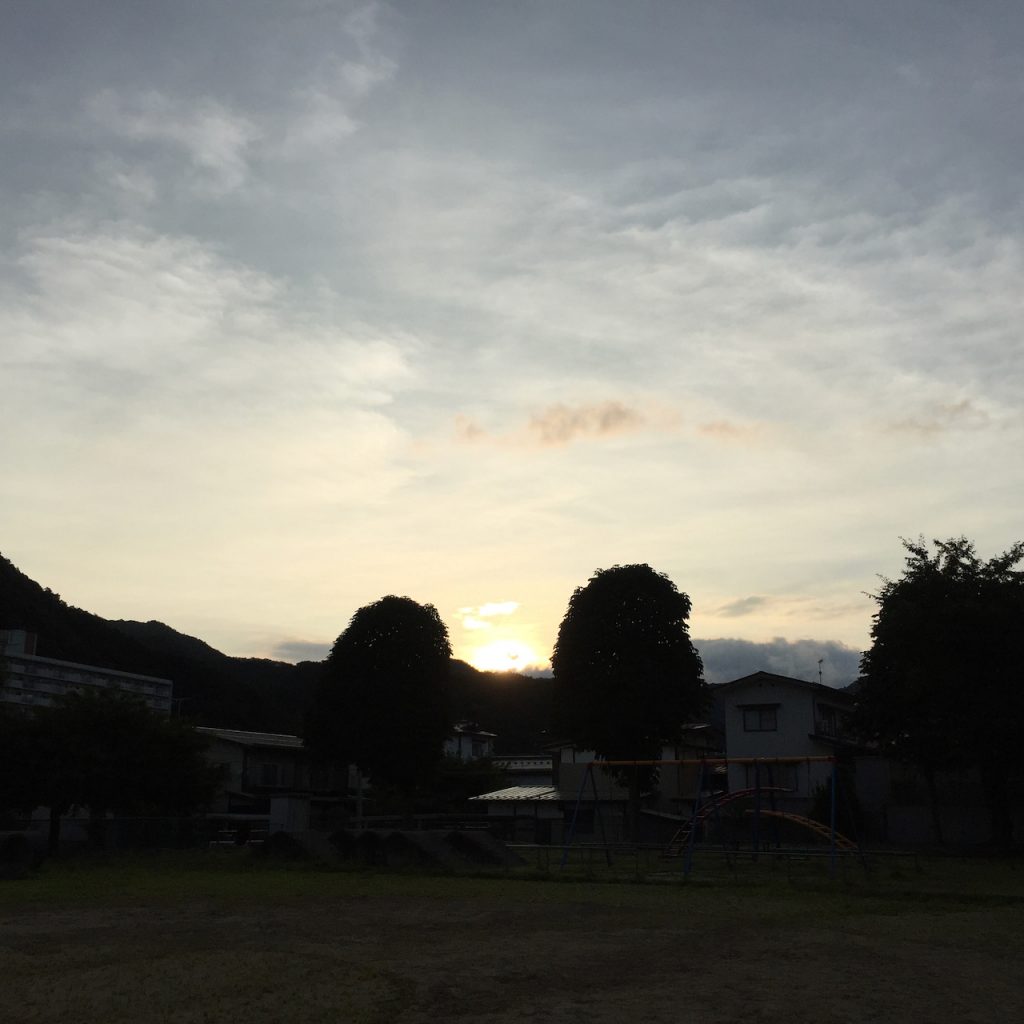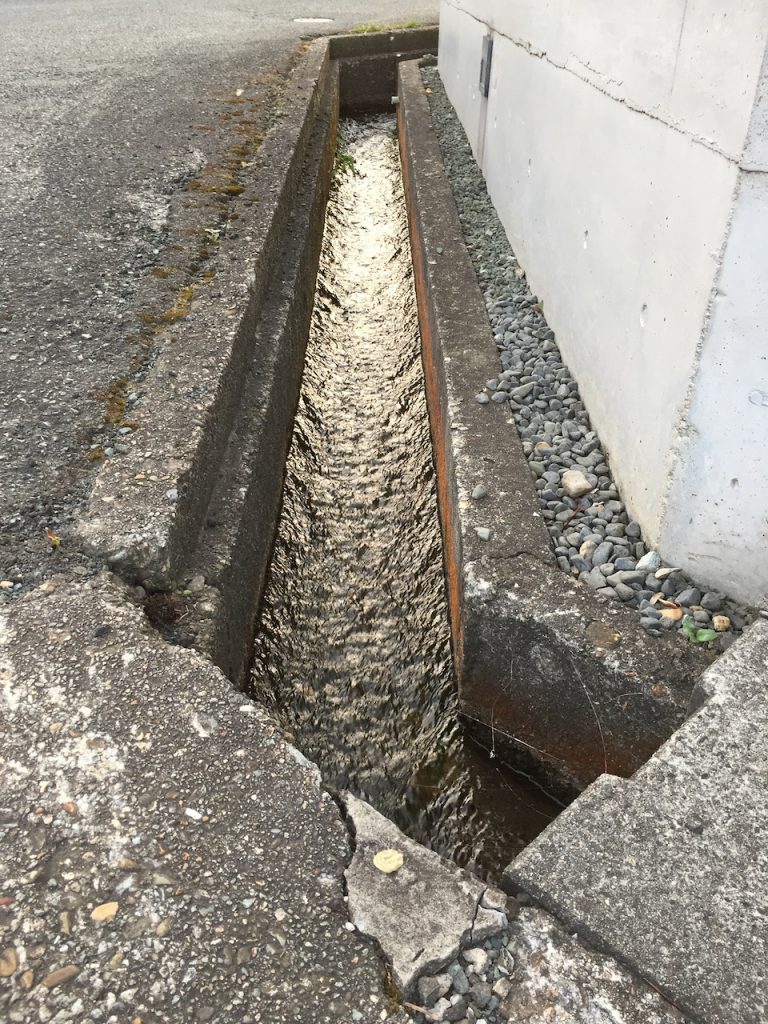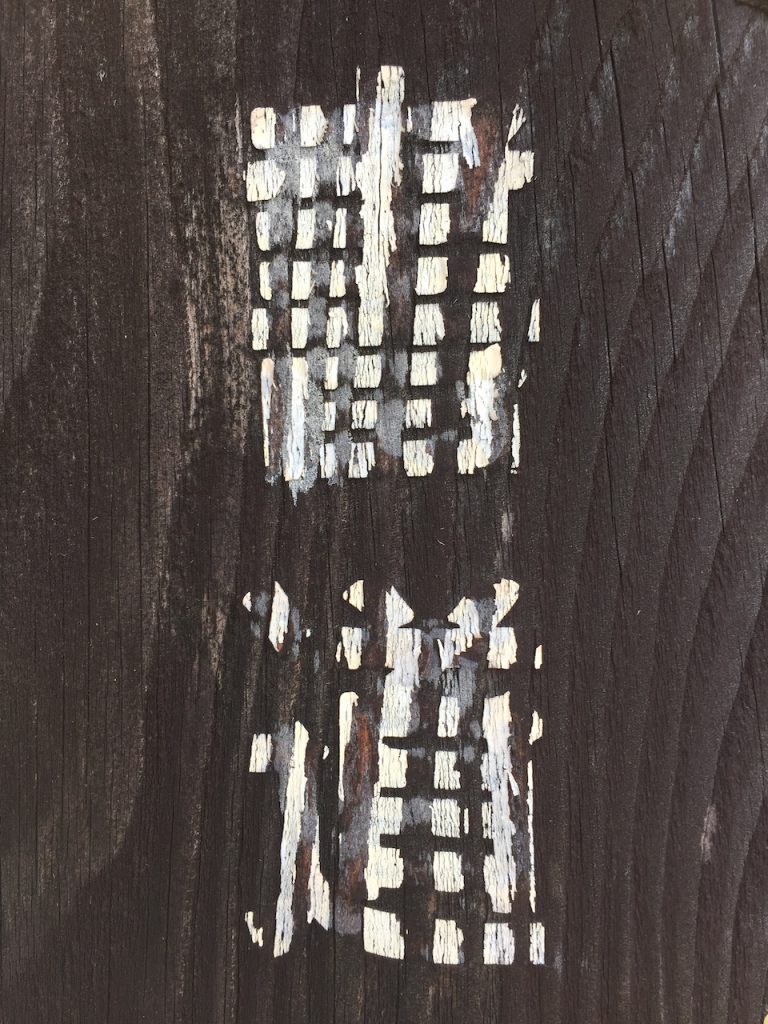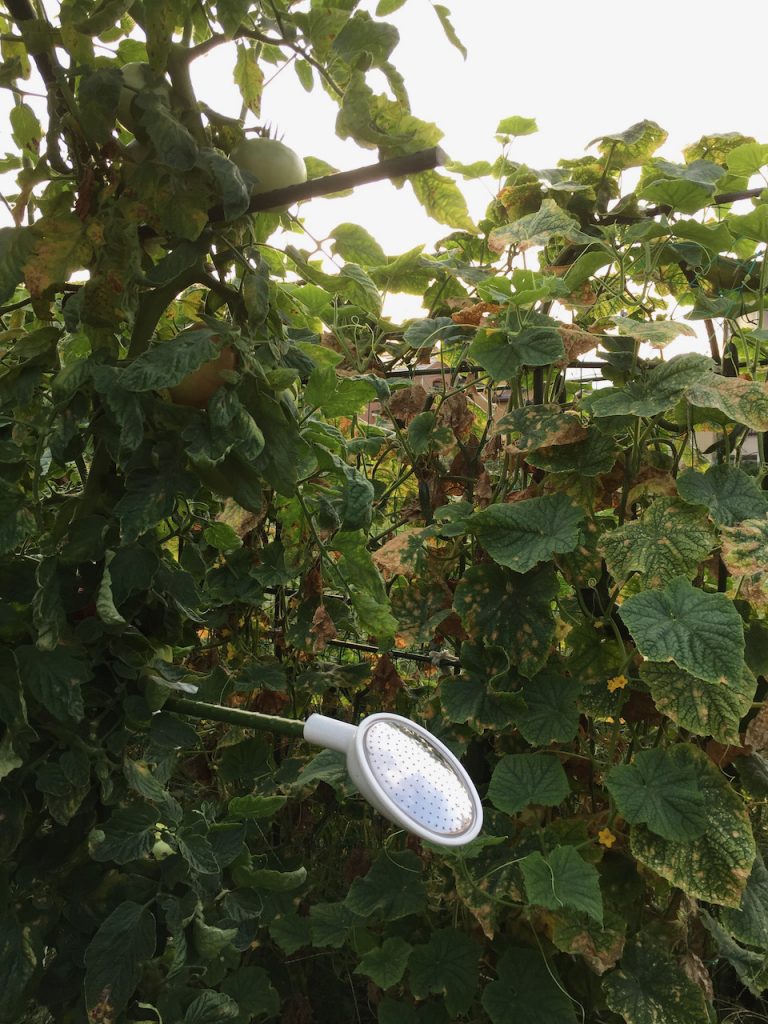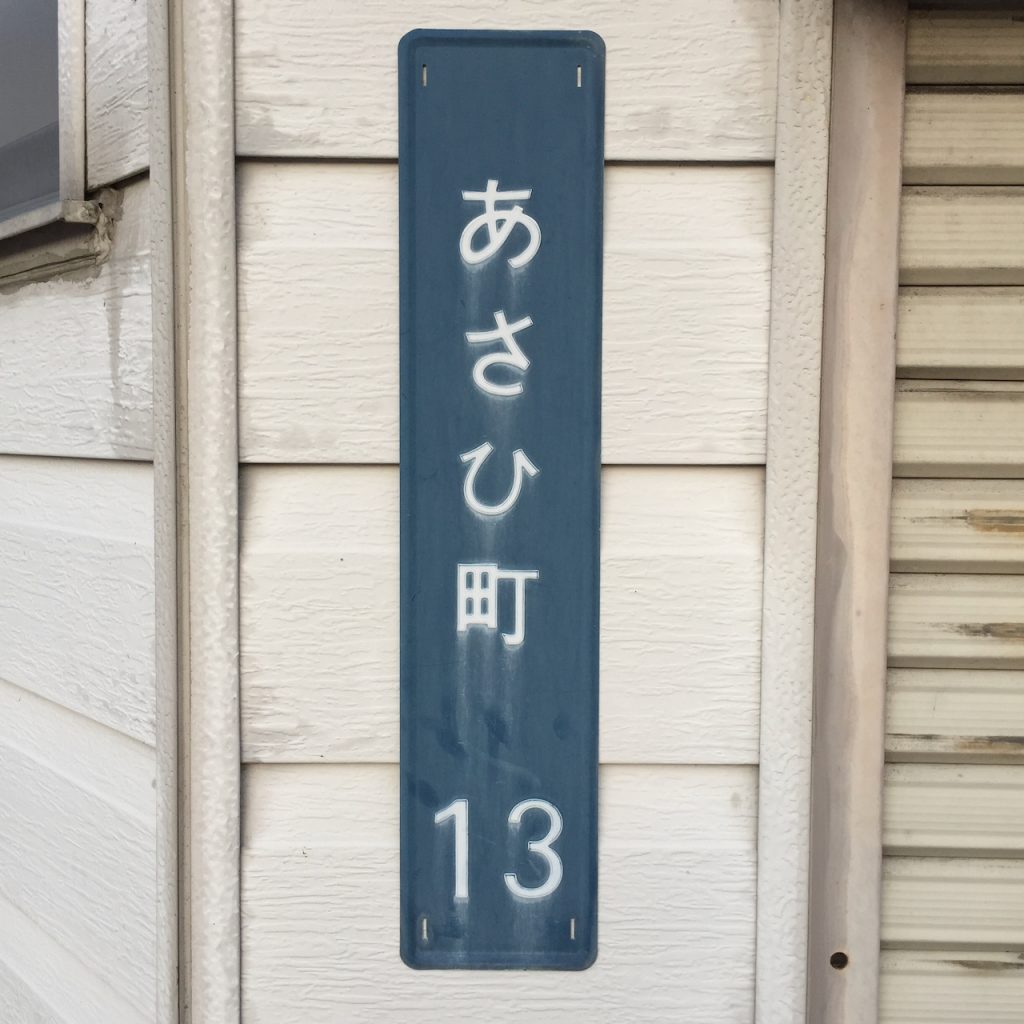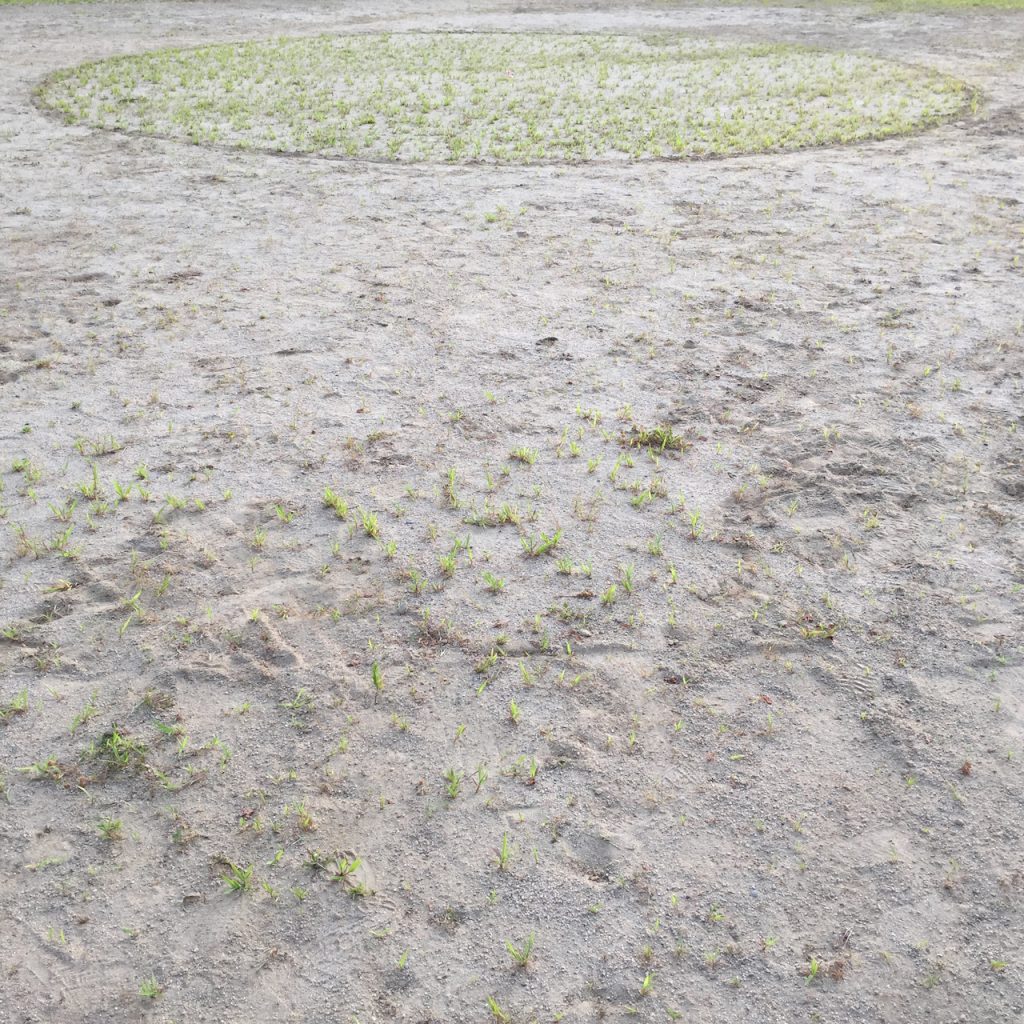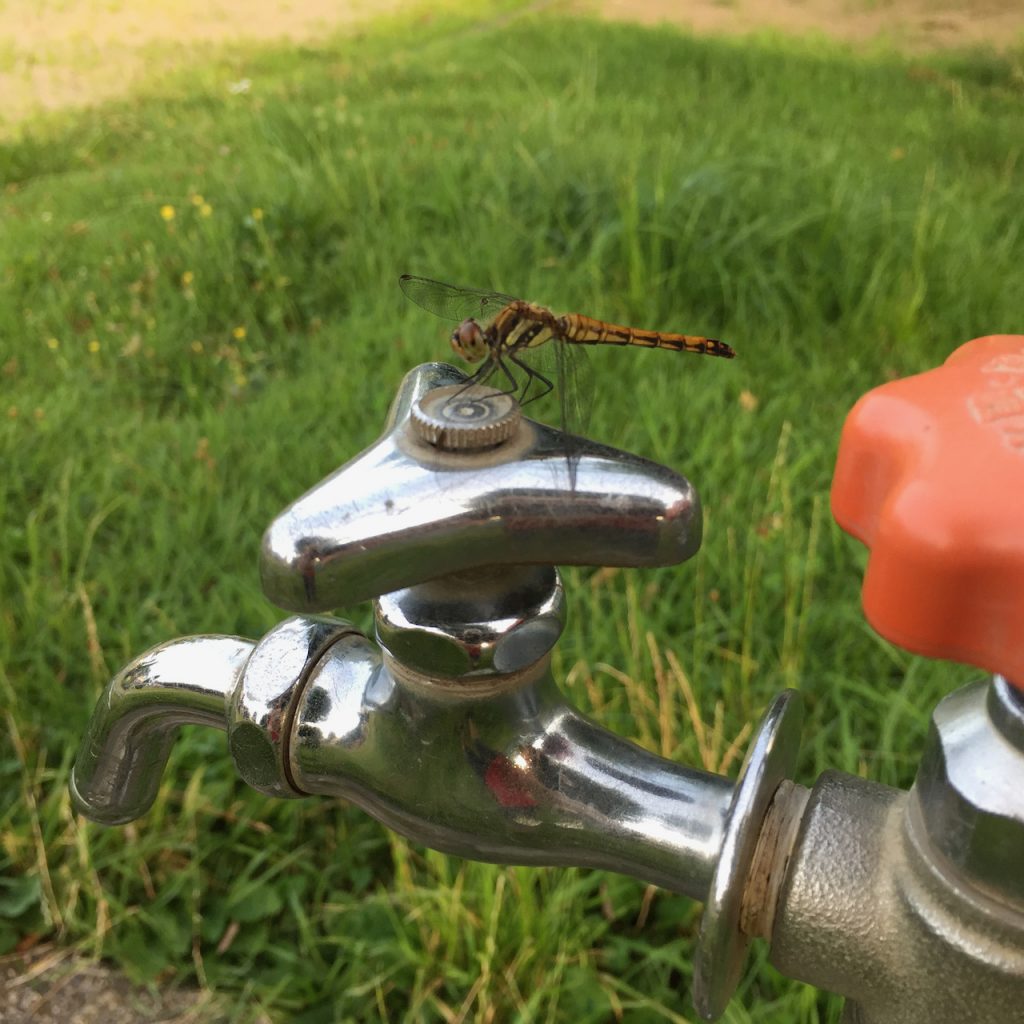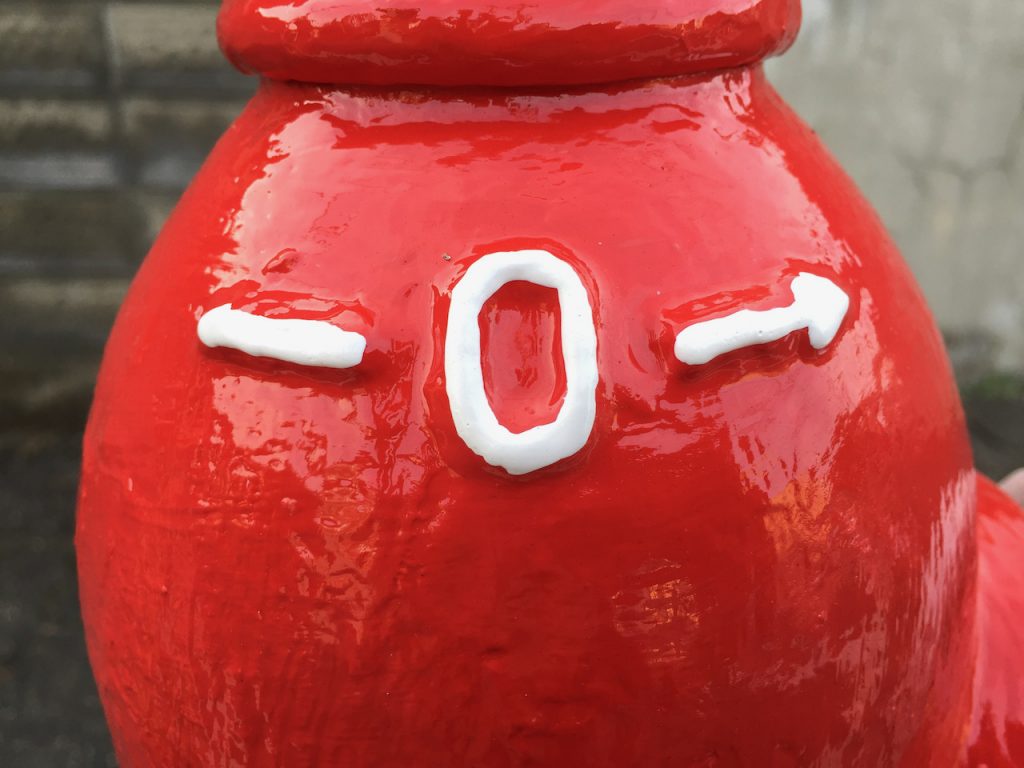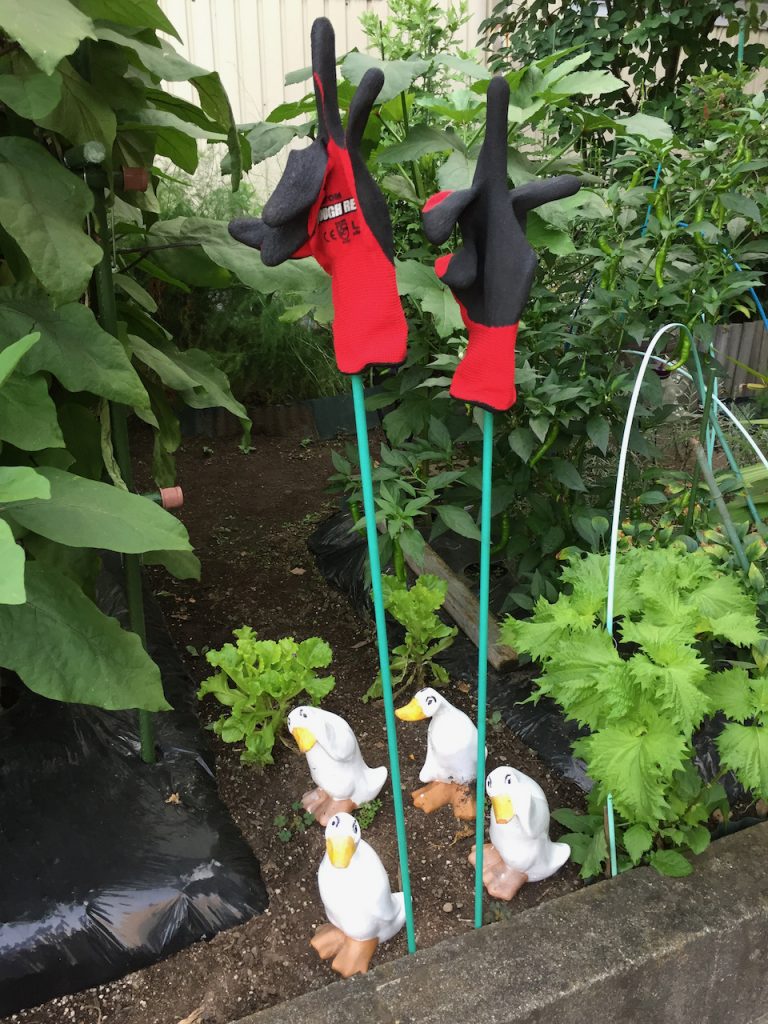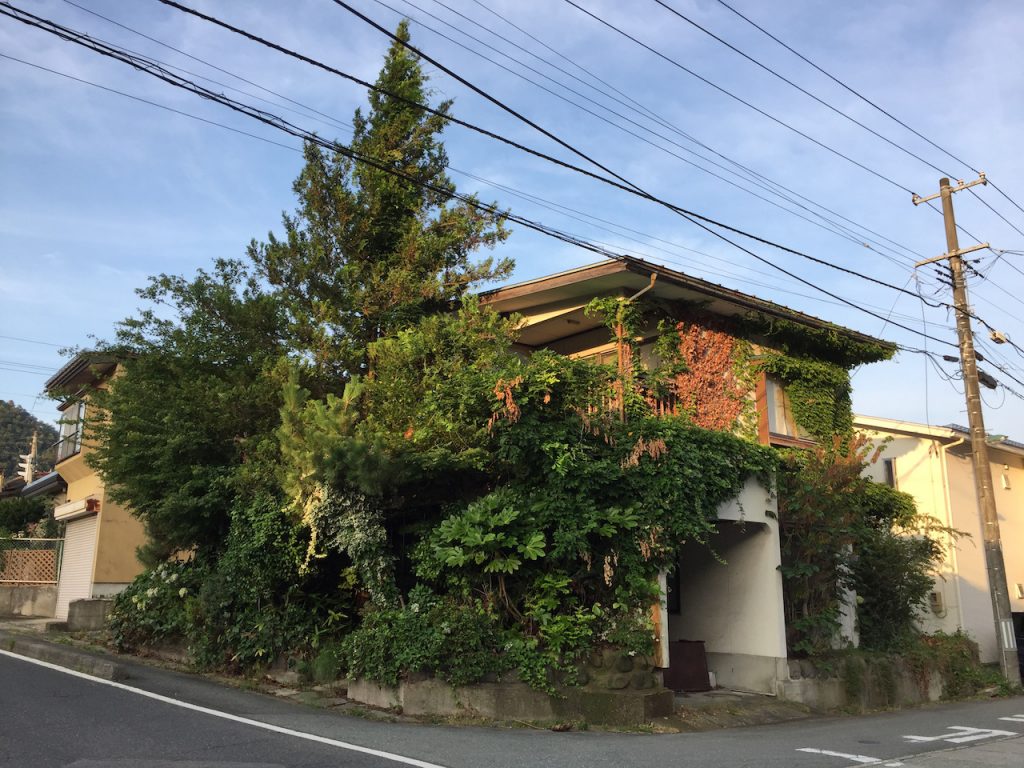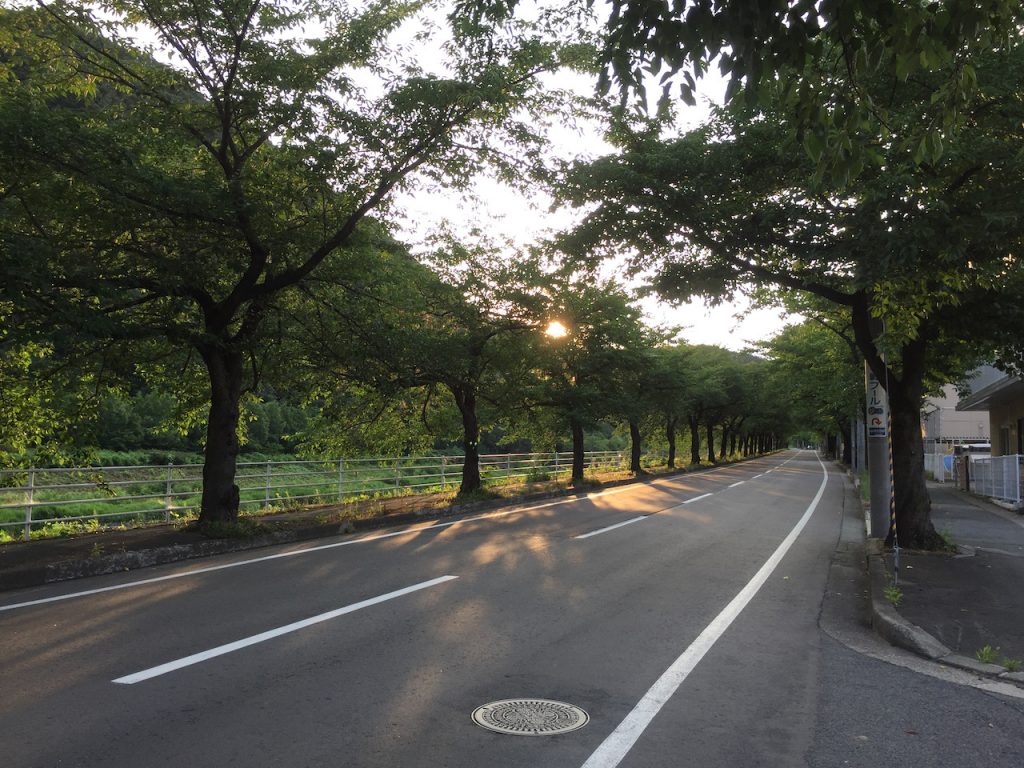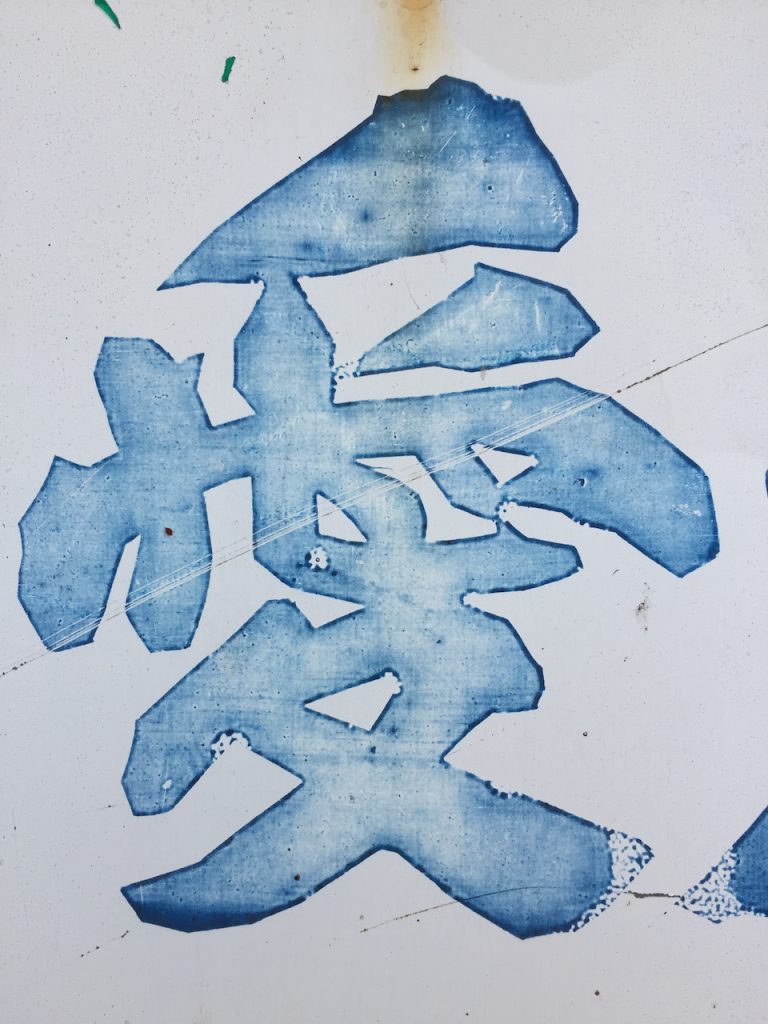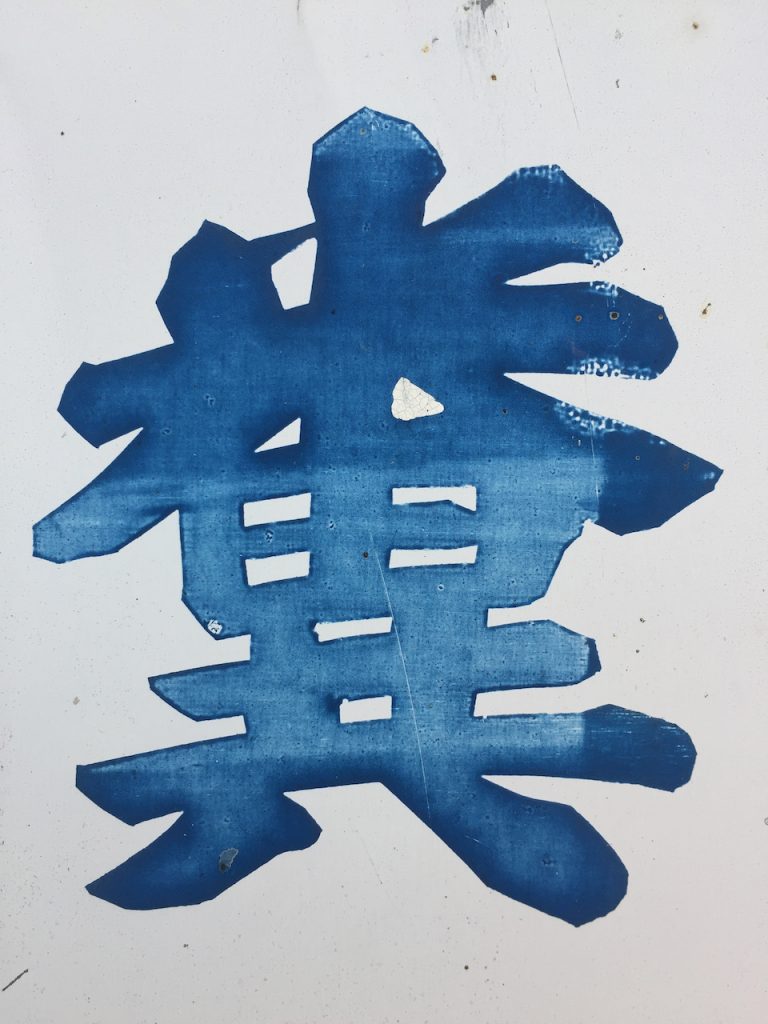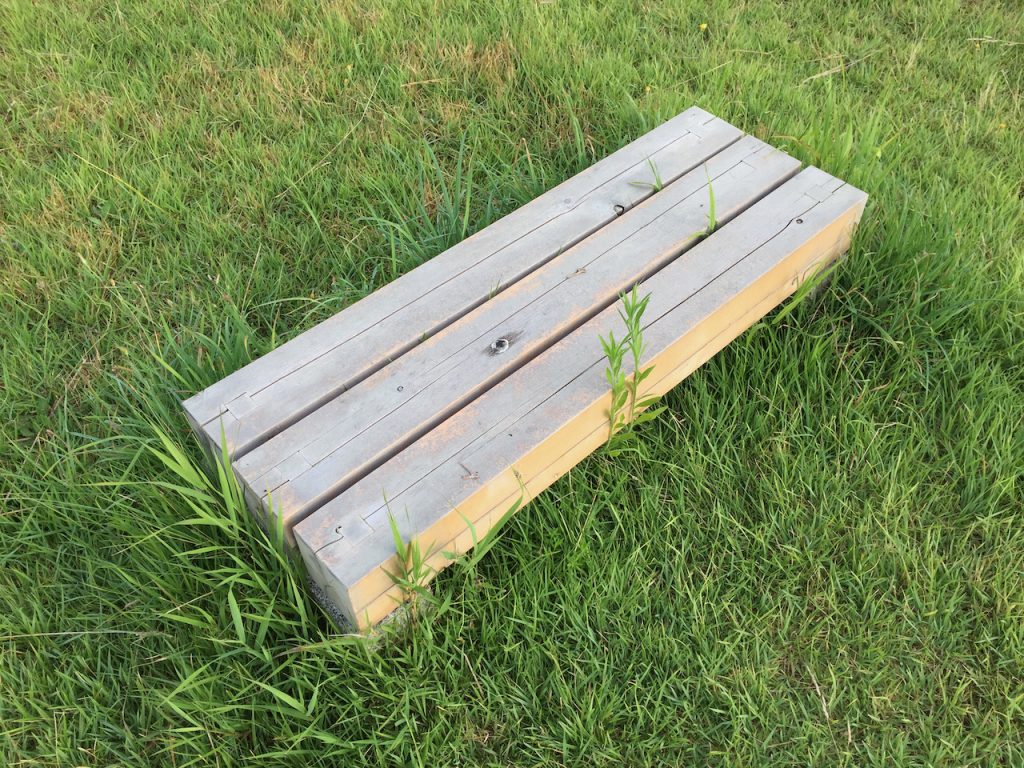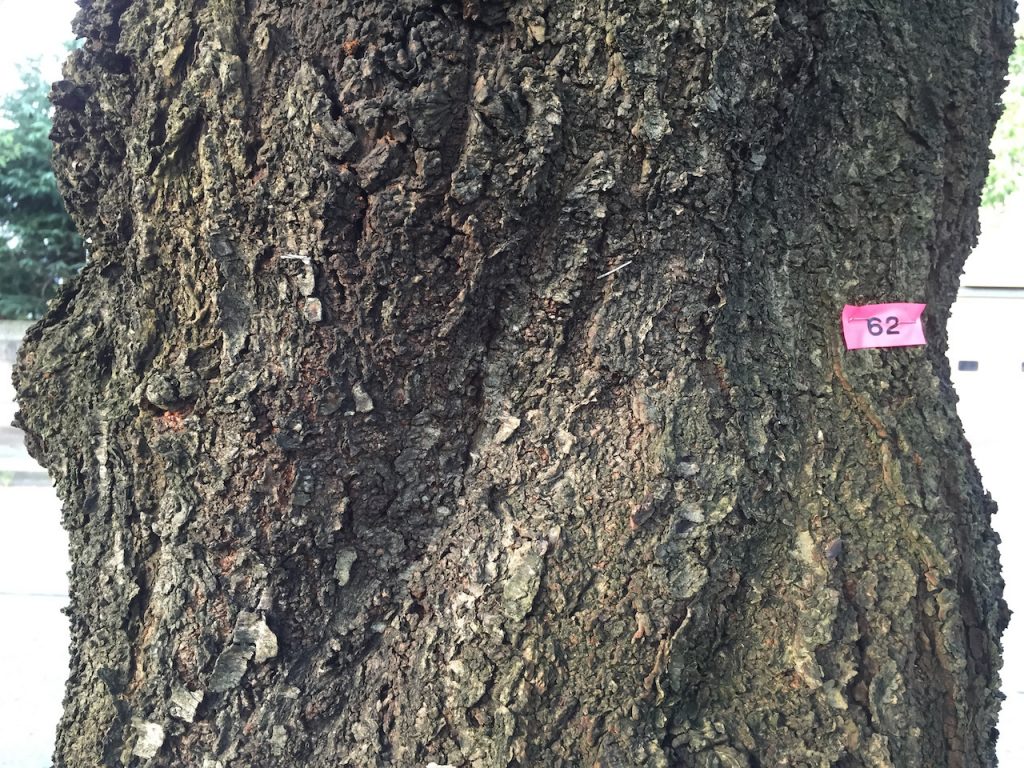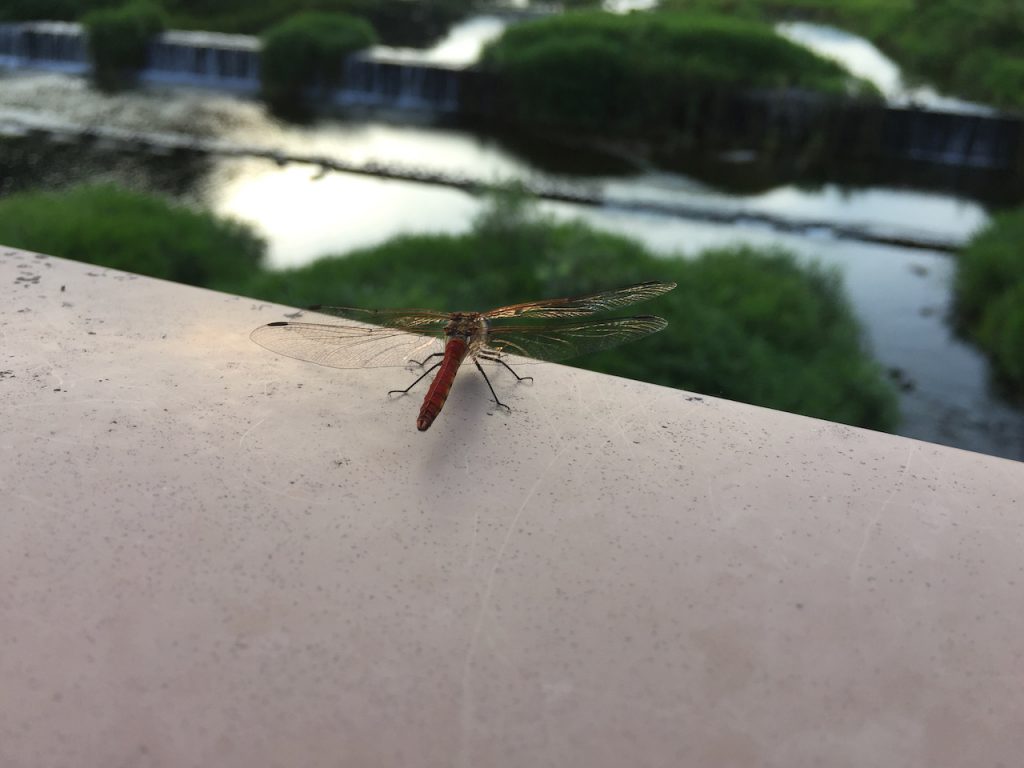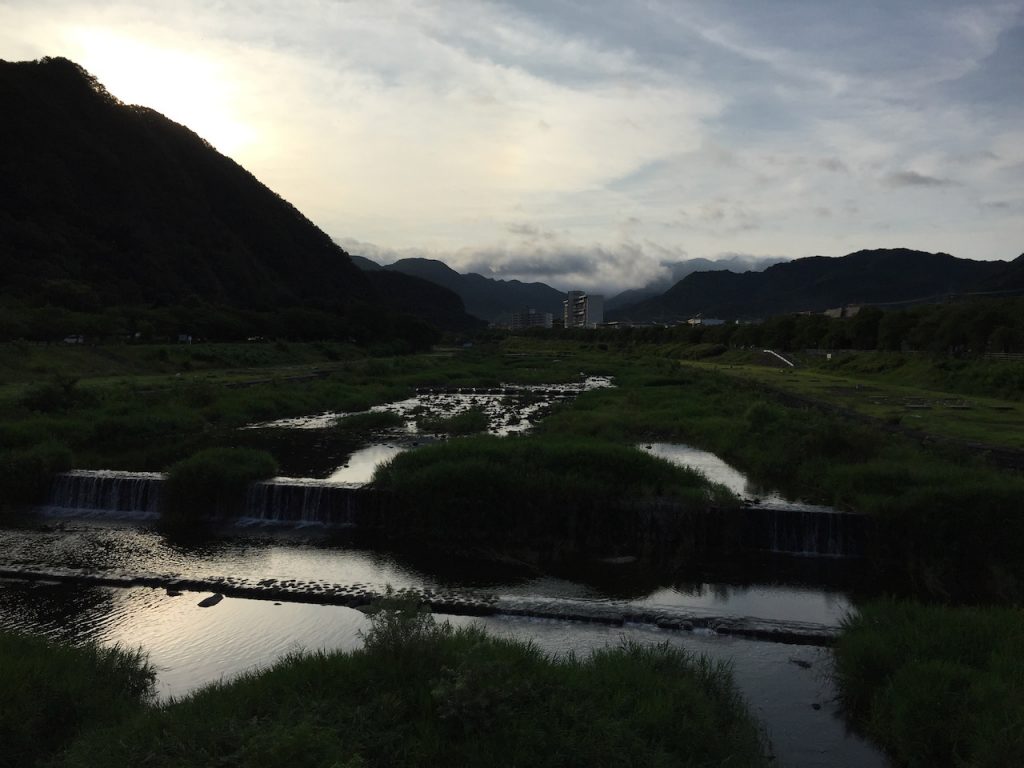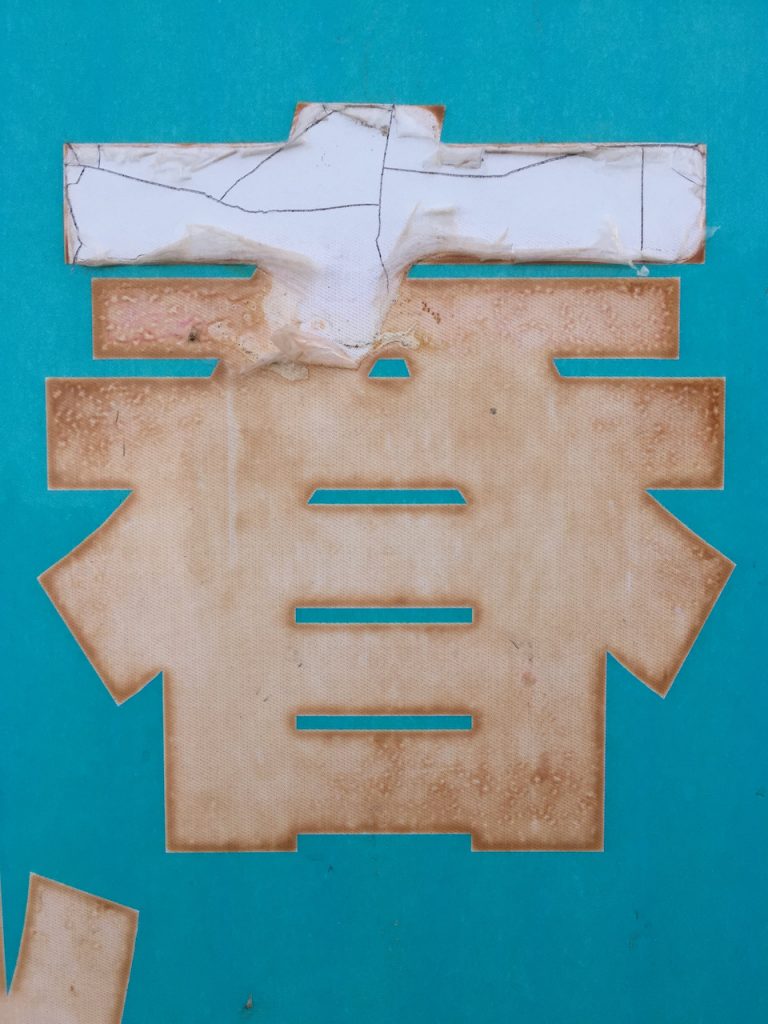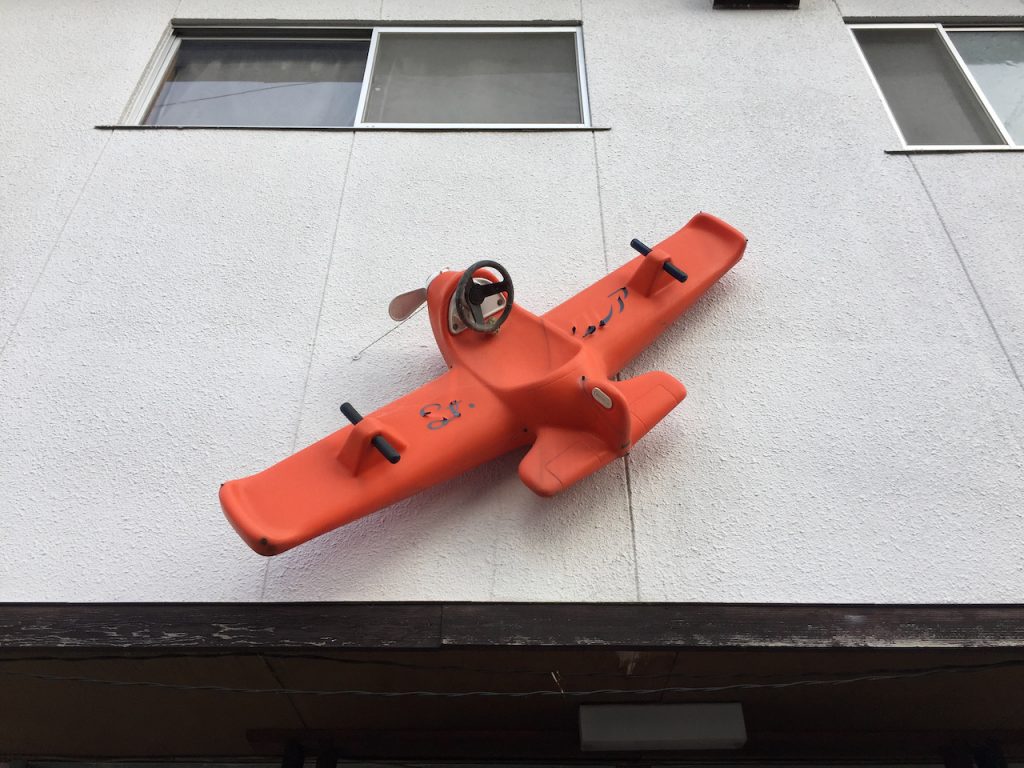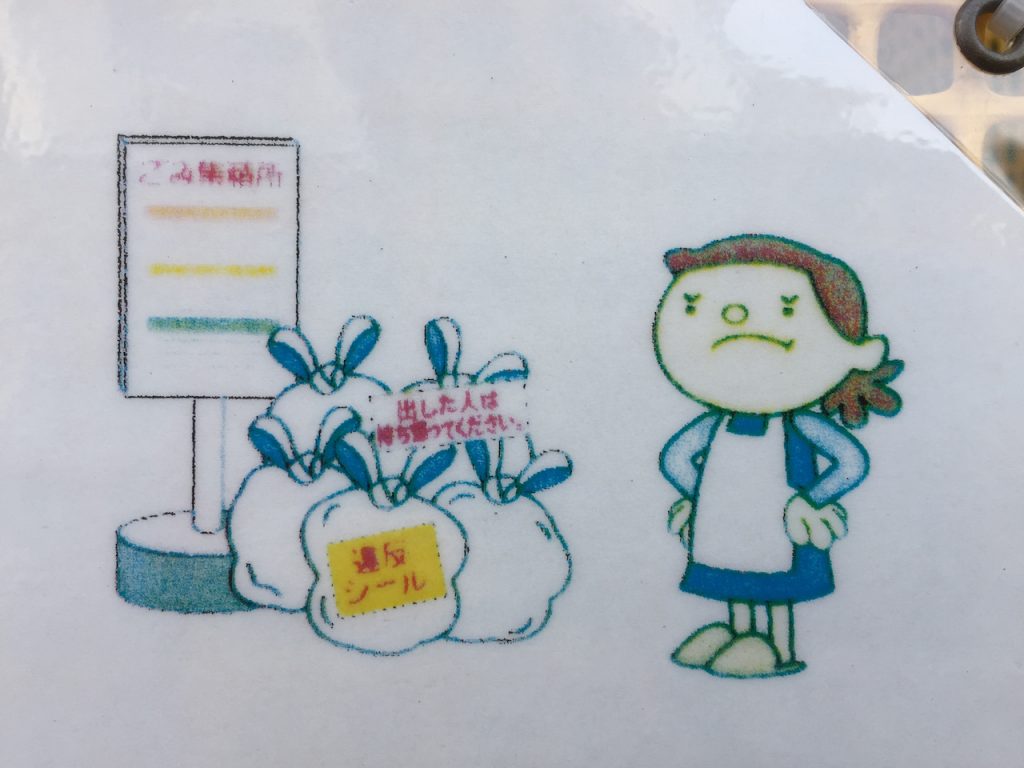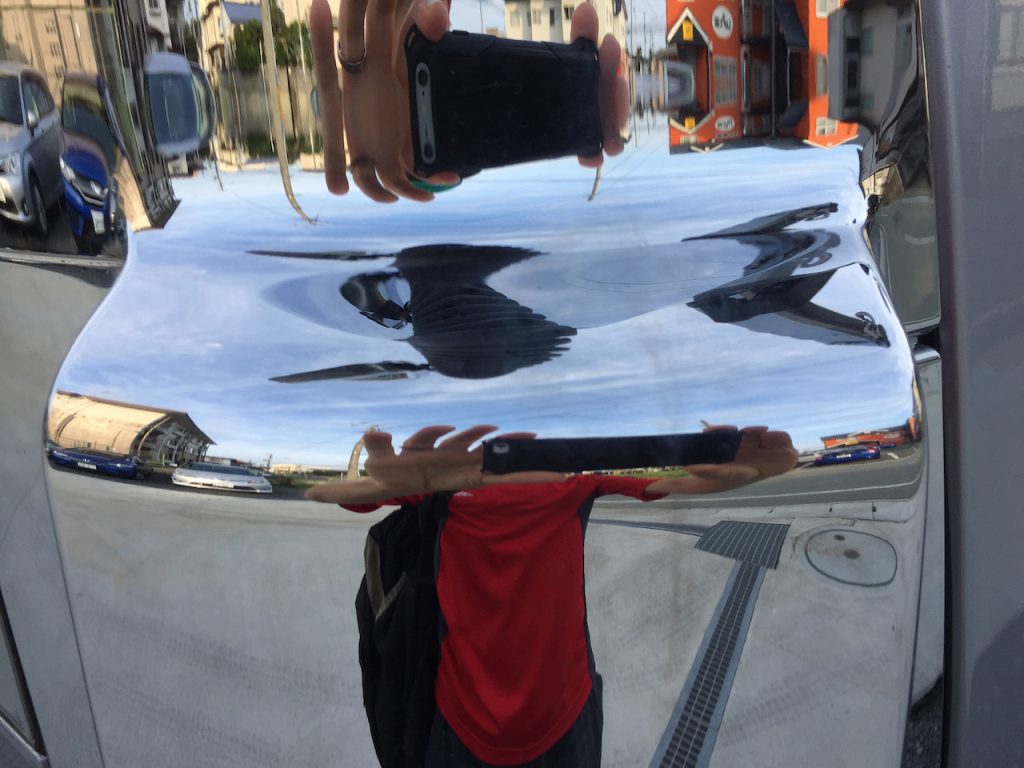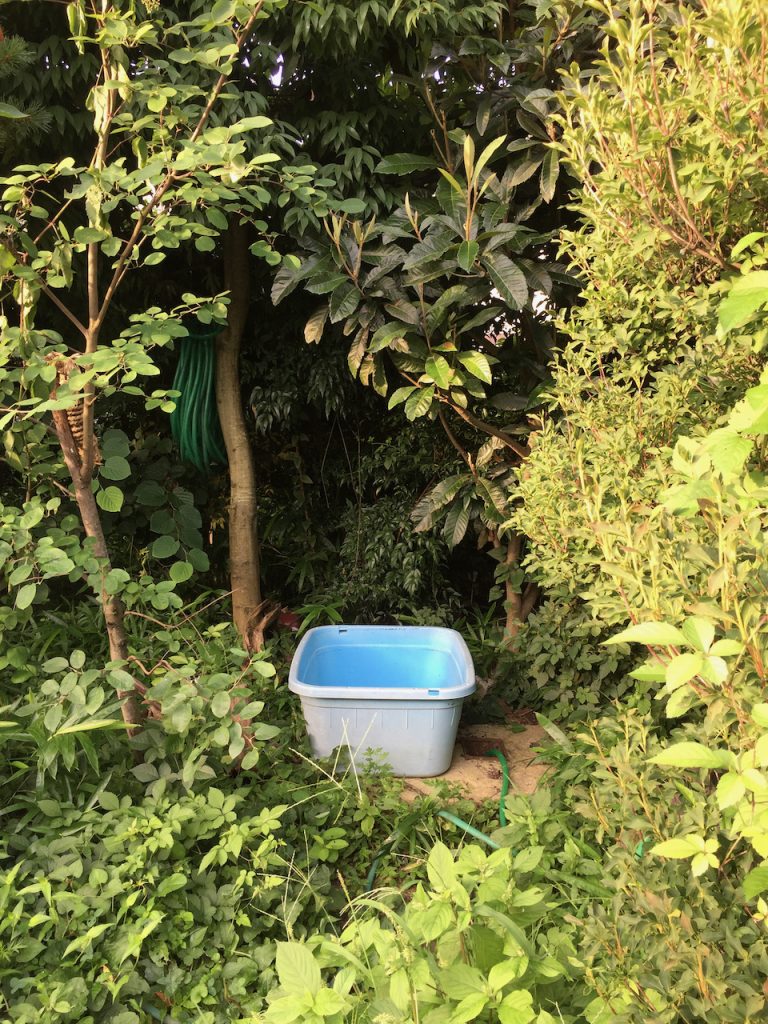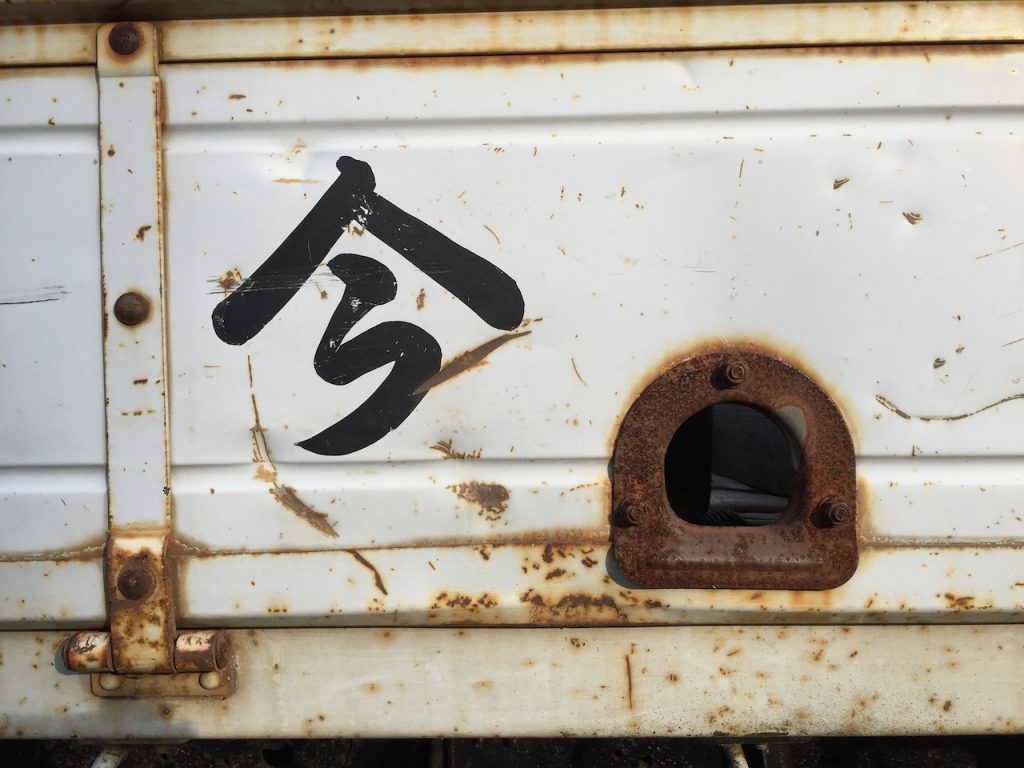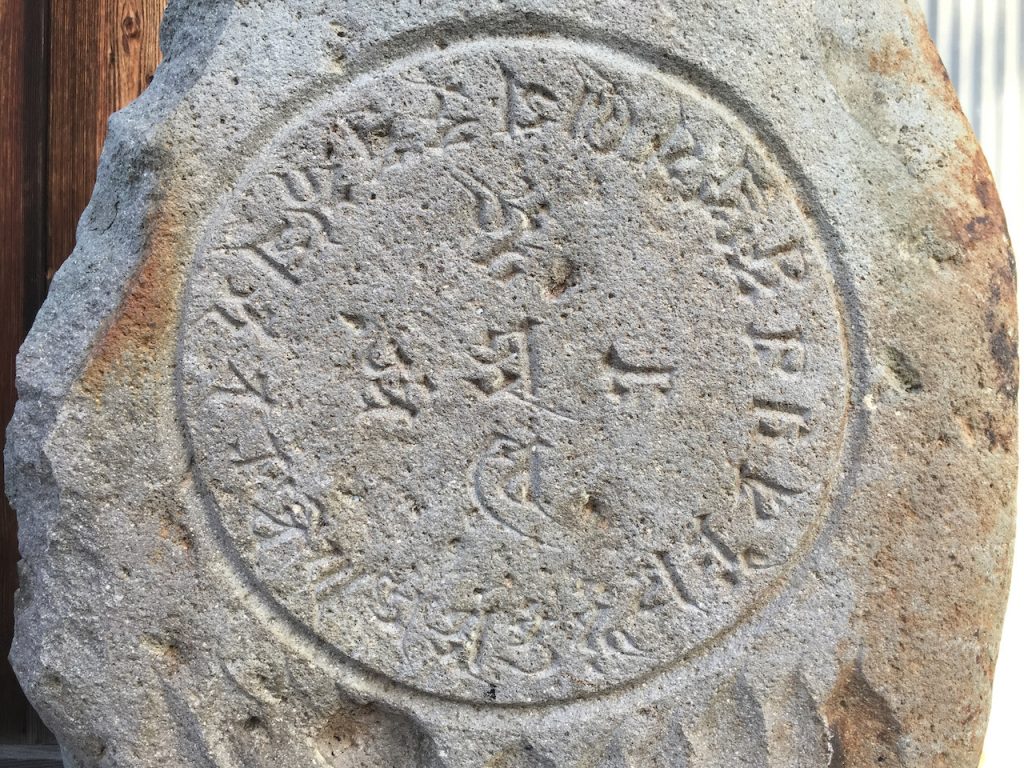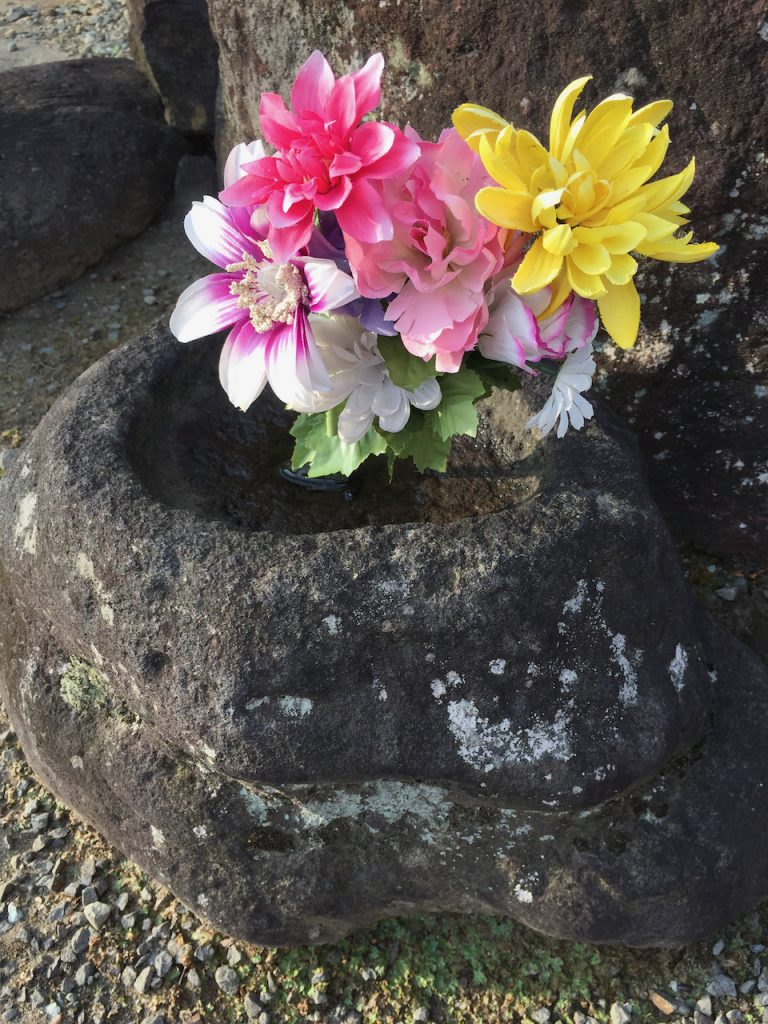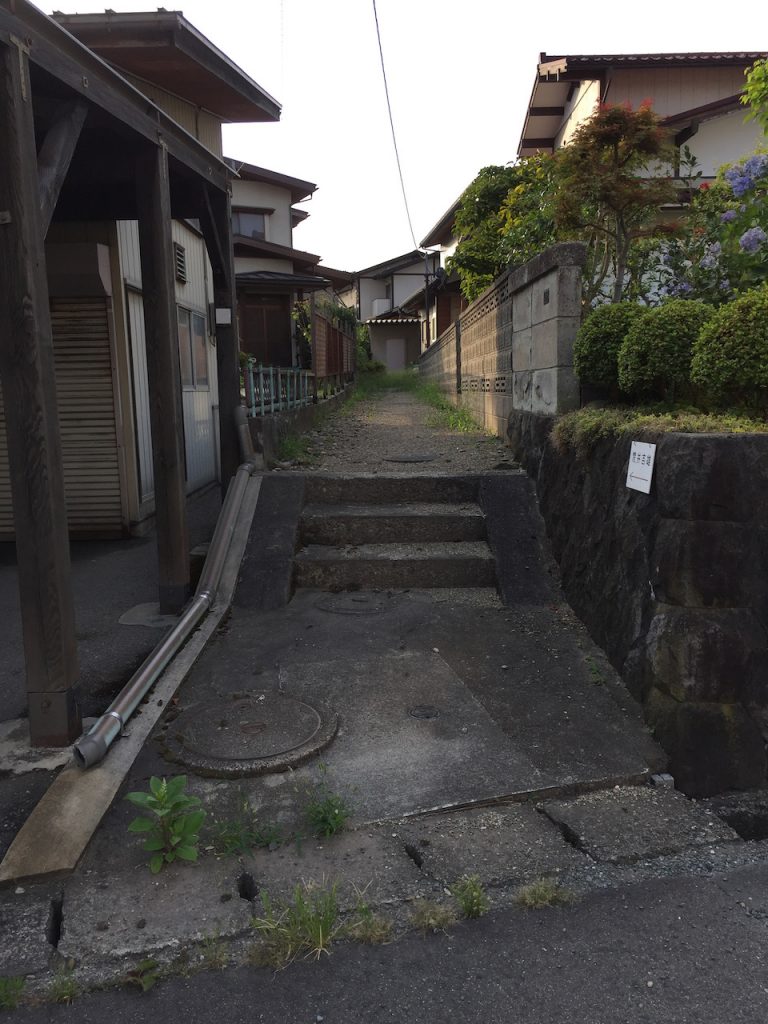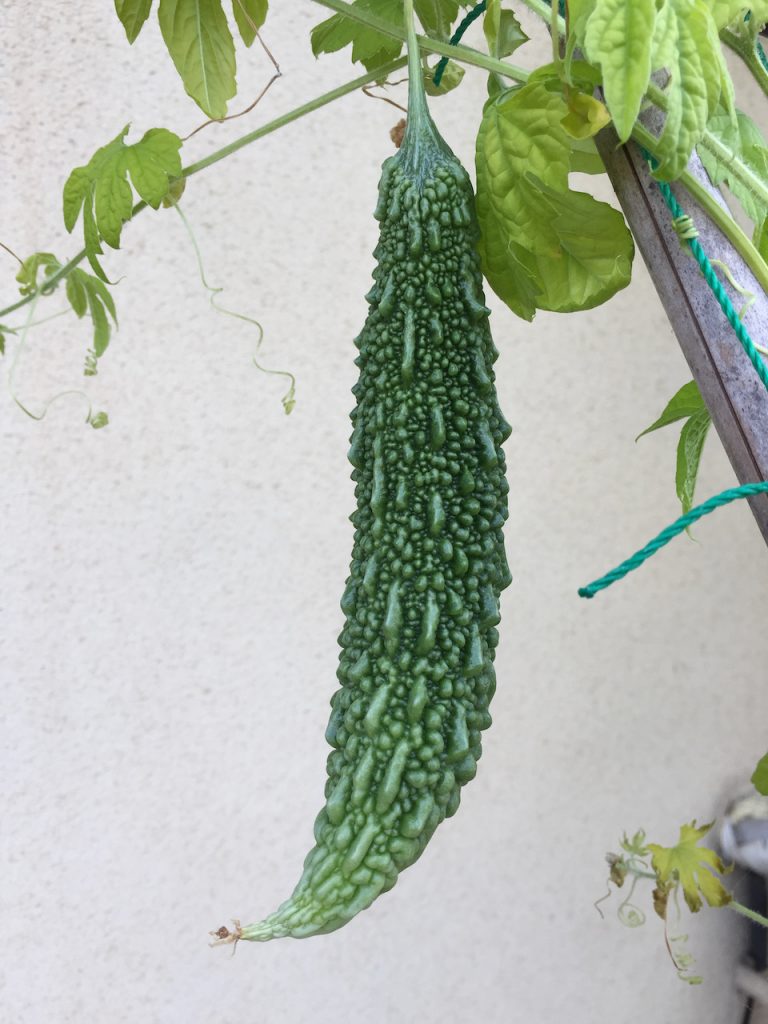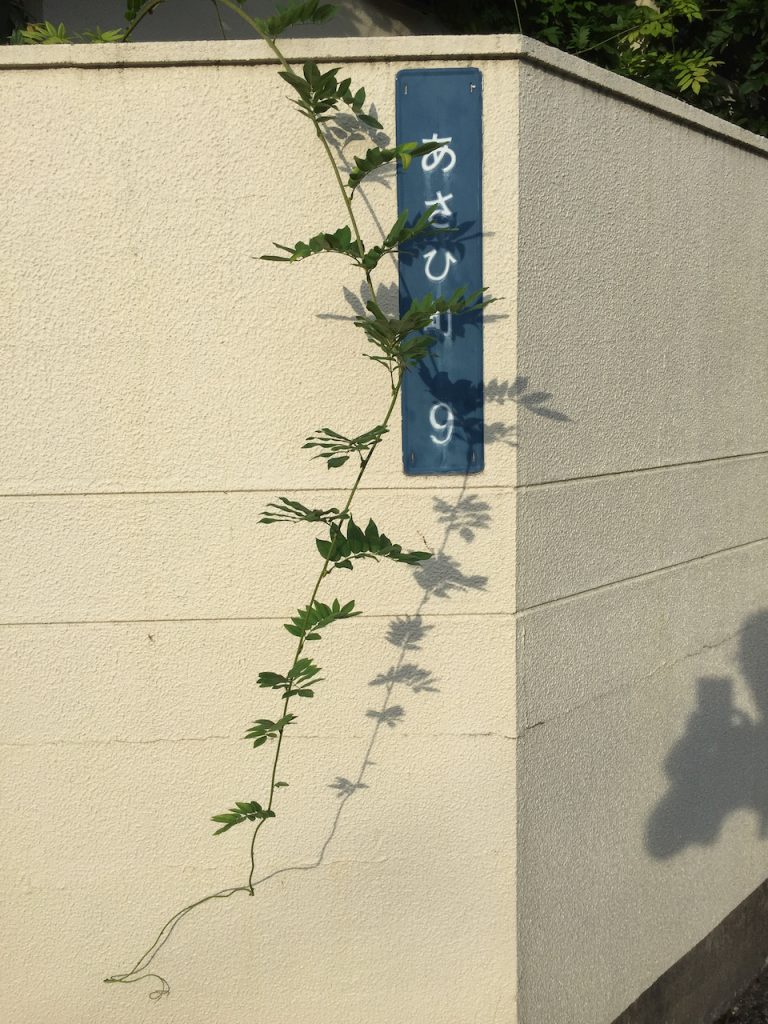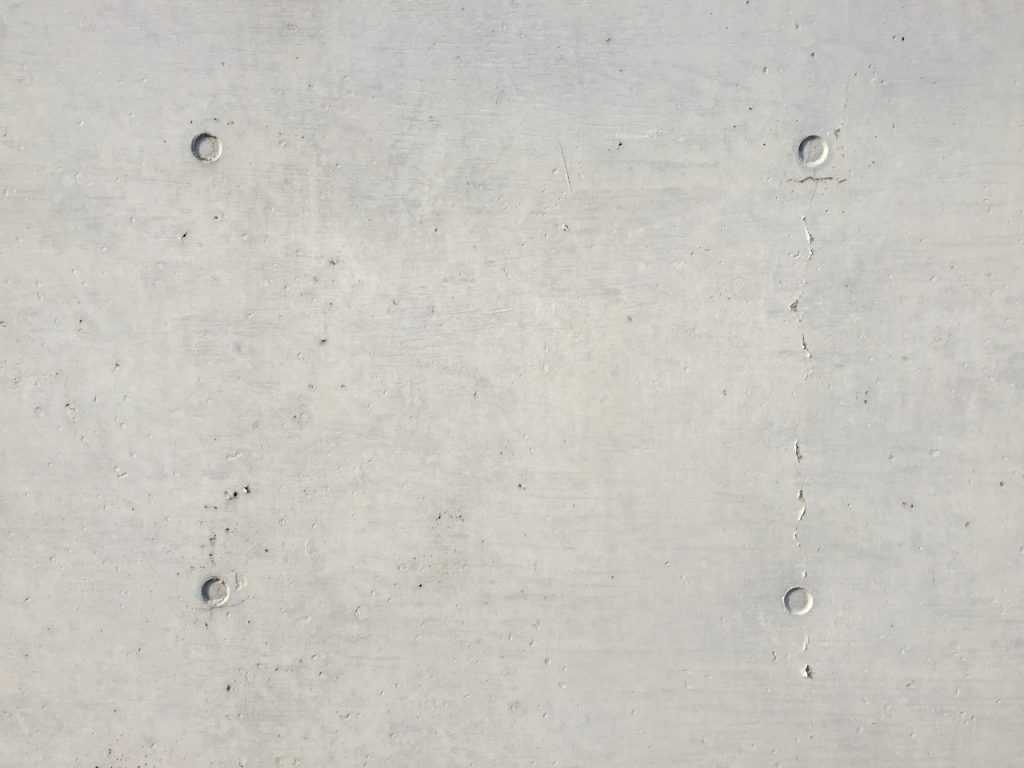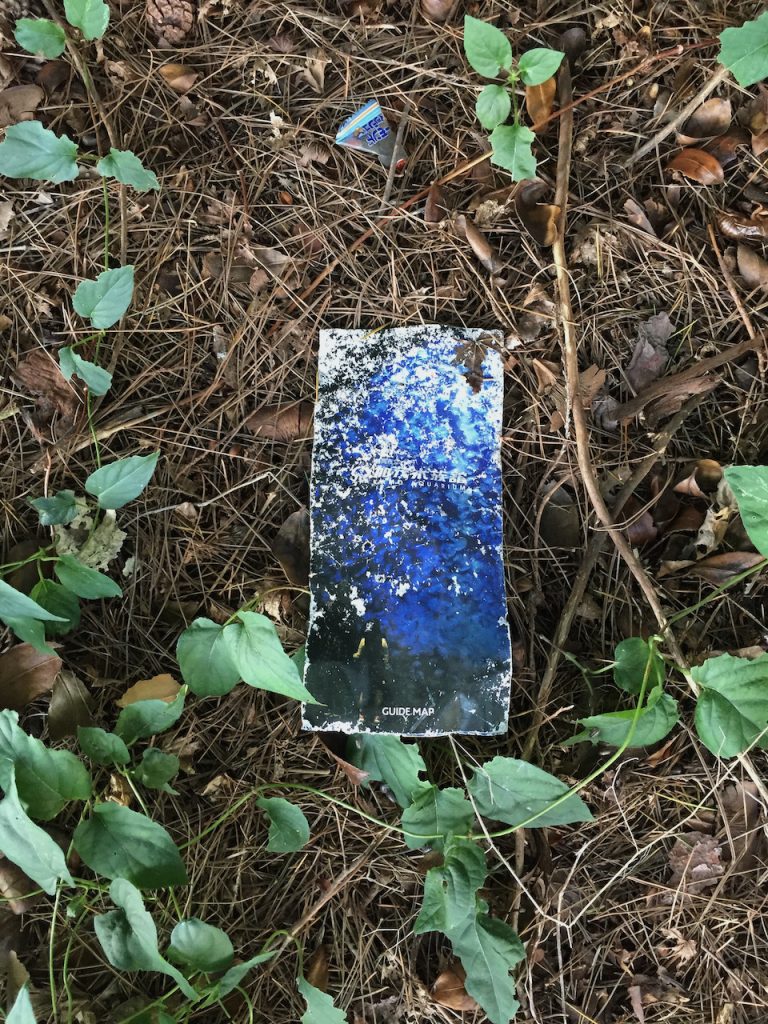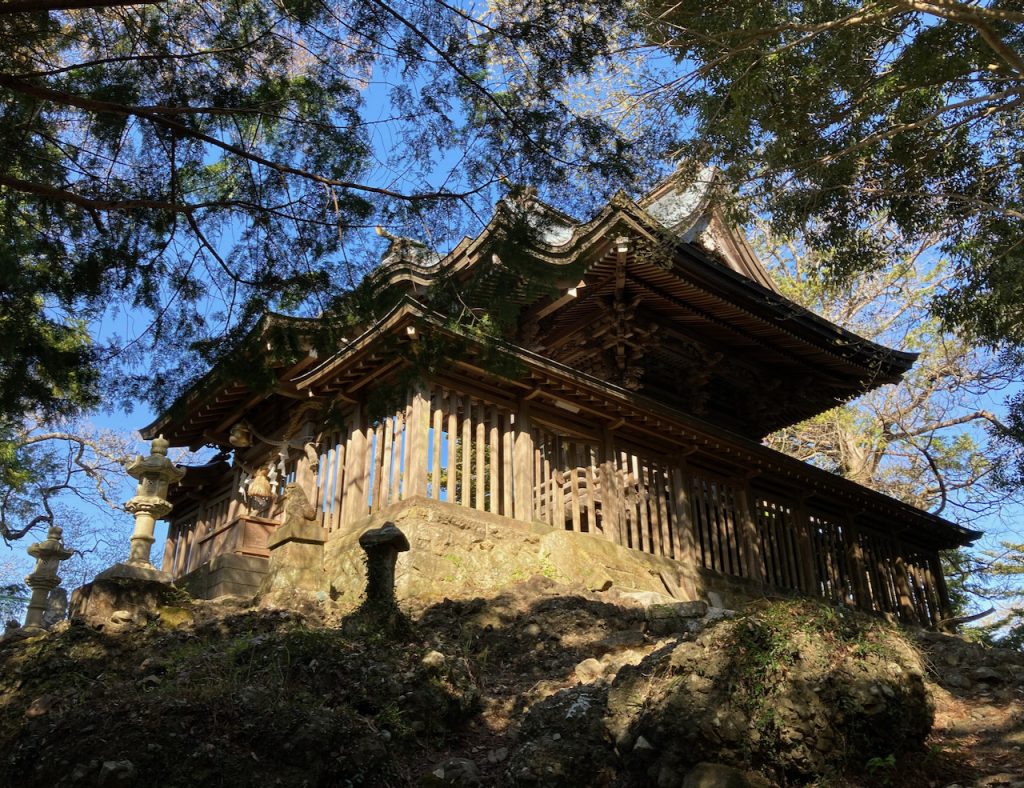
A few weeks ago, M Jr. and M Jr. II put on kimonos and took part in a shintō ceremony at Nishikanasa Shrine in the north of Ibaraki Prefecture. It’s an annual ceremony to wish for peace, tranquility, and a fruitful harvest, and the same shrine holds another along similar lines once every seven years. On a much larger scale, it holds yet another that takes place just once every 73 years, which is apparently the longest period of time between, er, holdings for any such event in Japan. The latter is called — I think: I couldn’t find a definitive reading for the kanji — Taireisai, and involves the usual sweaty, drunk, half-naked locals transporting heavy and unwieldy portable shrines from Nishikanasa to the coast and back, over the course of ten days. Which wouldn’t be quite so bad if it wasn’t for the fact that Nishikanasa is at the top of a mountain, and can only be reached by a steep and winding road and two even steeper stone staircases.
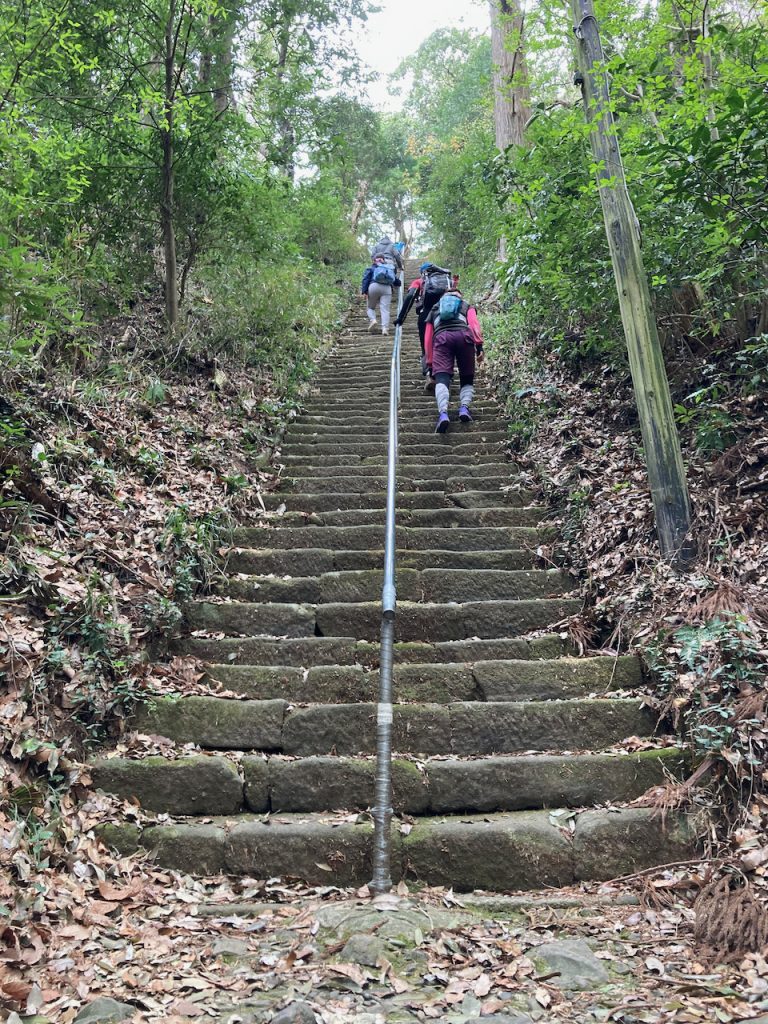
The Taireisai has been held a total of seventeen times since the year 851, with the last time being in 2003 and the next in…2076! Mrs. M’s father said that bad luck (traffic accidents and the like) befell some of the 2003 participants and was concerned that M Jr. II might be in line for some himself, until we explained that this year was the smaller, annual version.
Nishikanasa is a beautiful spot and feels genuinely spiritual — mysterious, even — compared to most of the other shrines and temples to which I’ve been. A few hikers came and went while we were there, and I’ve put that twisty mountain road on the list of climbs that I’d one day like to try by bicycle.
